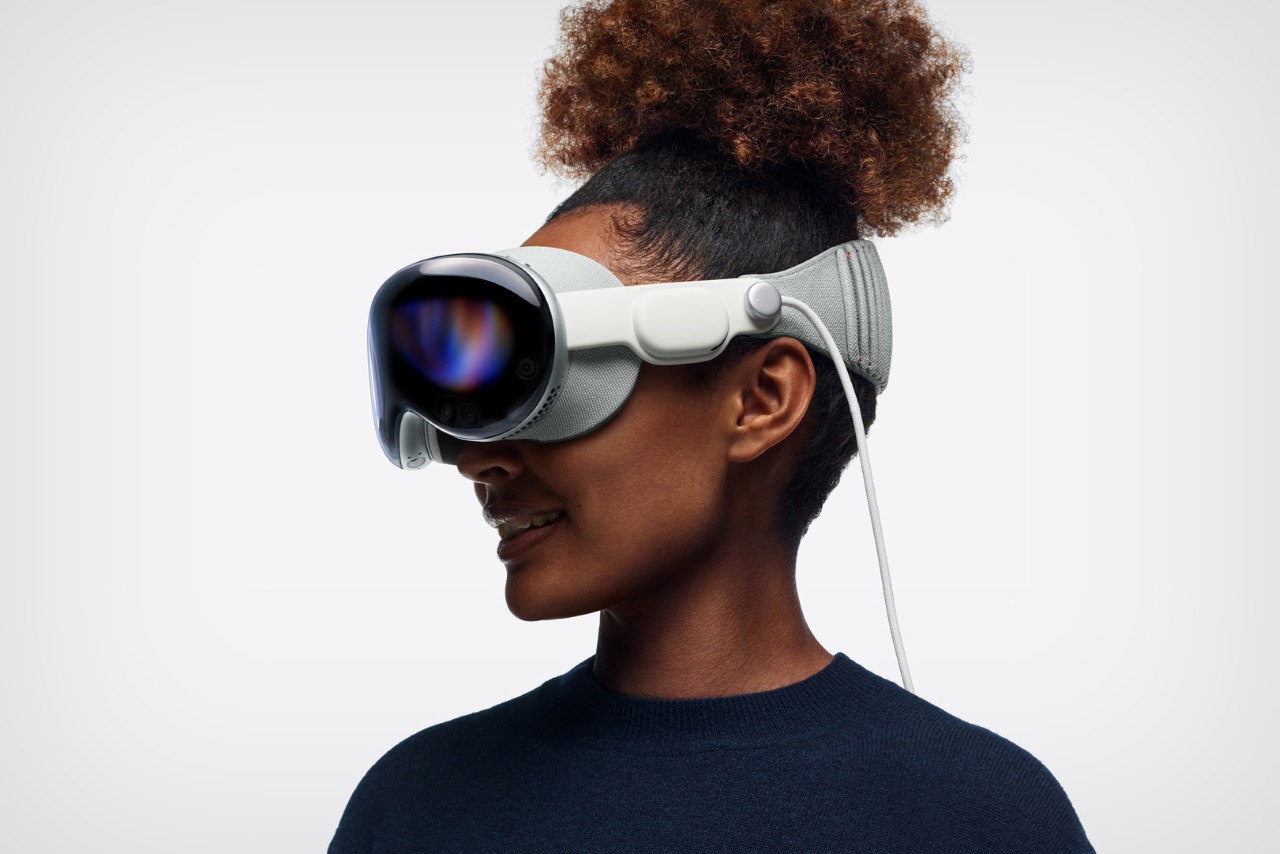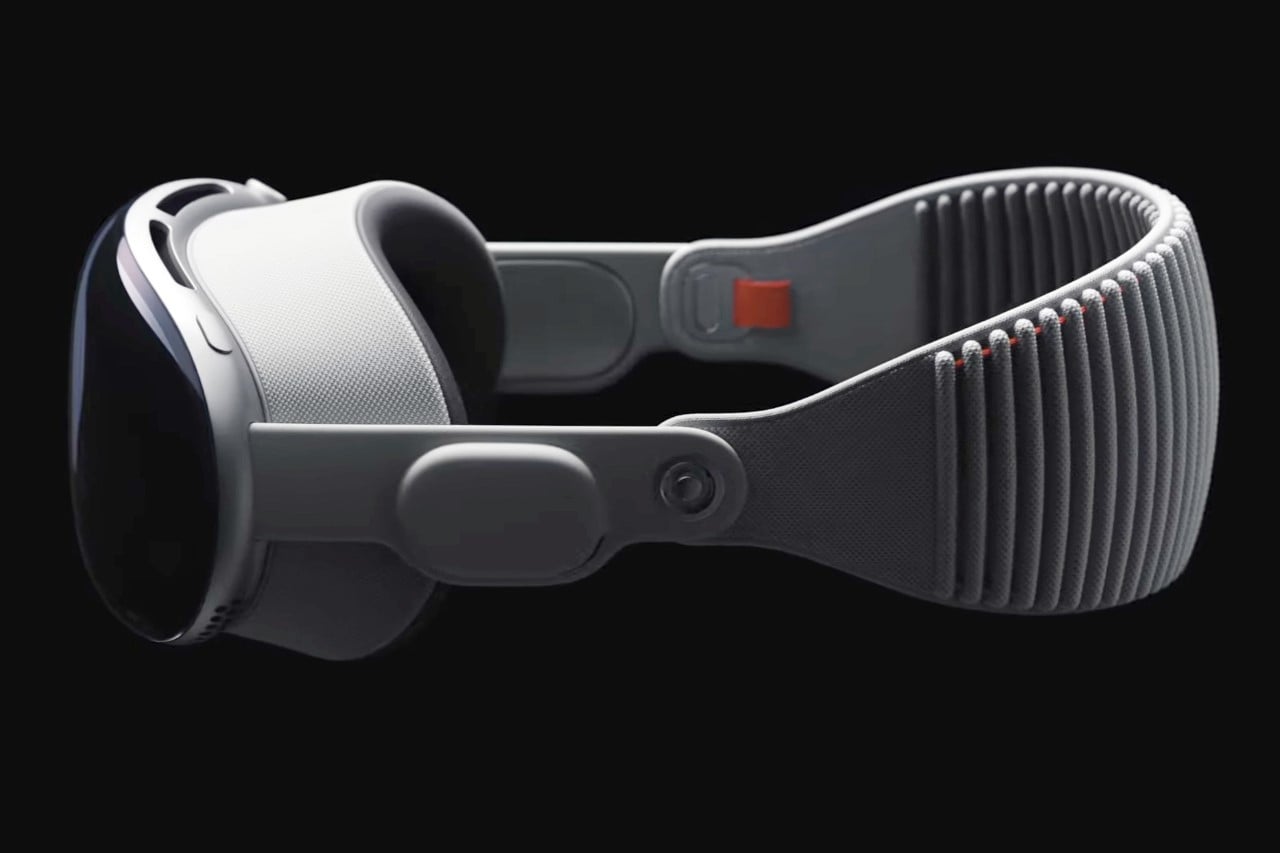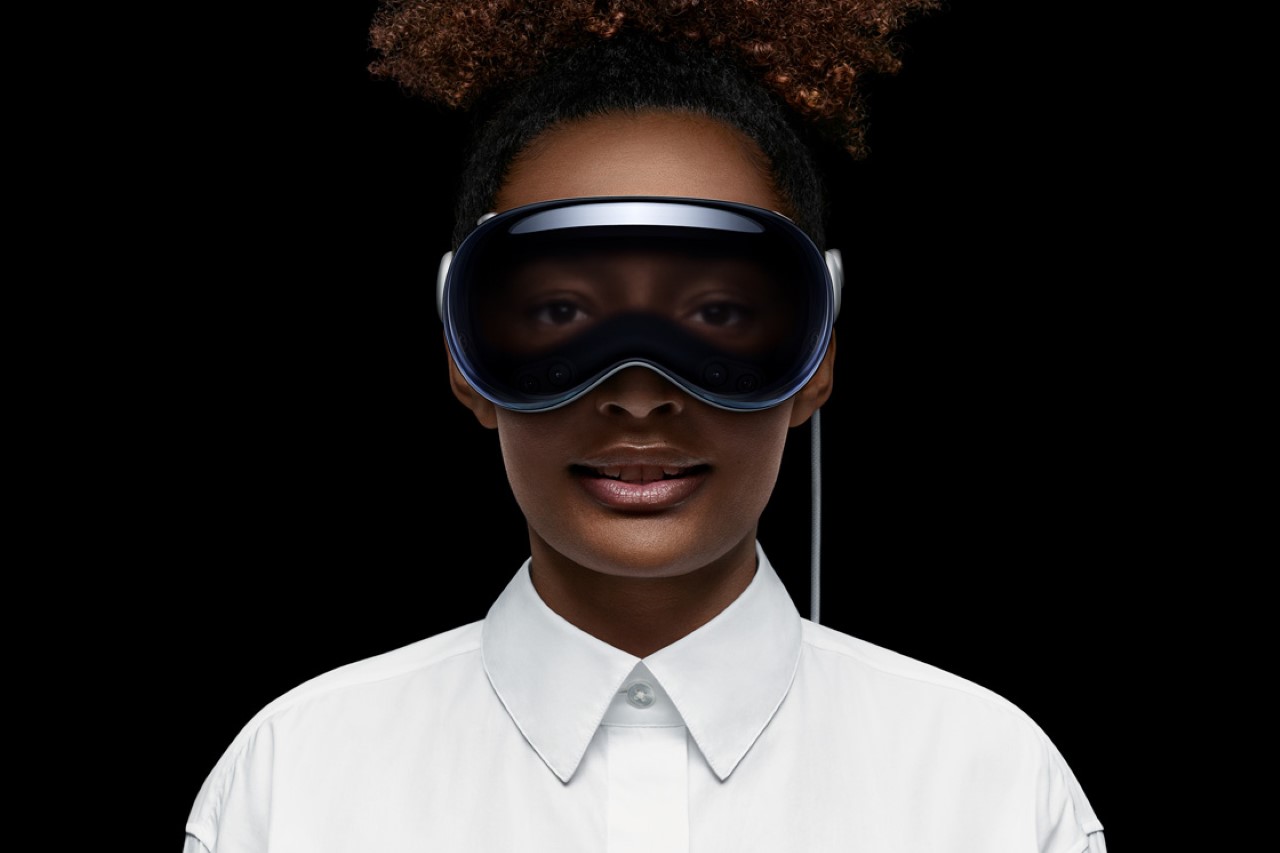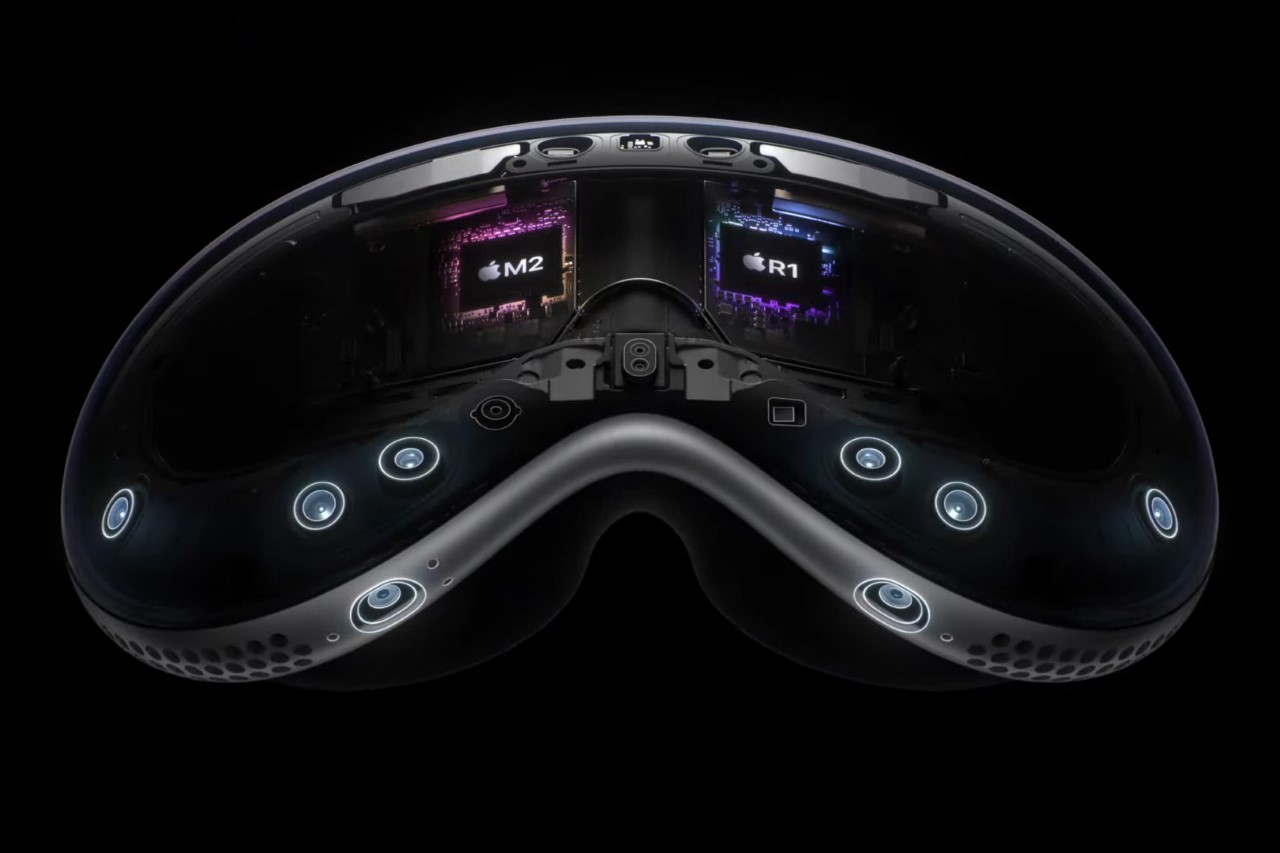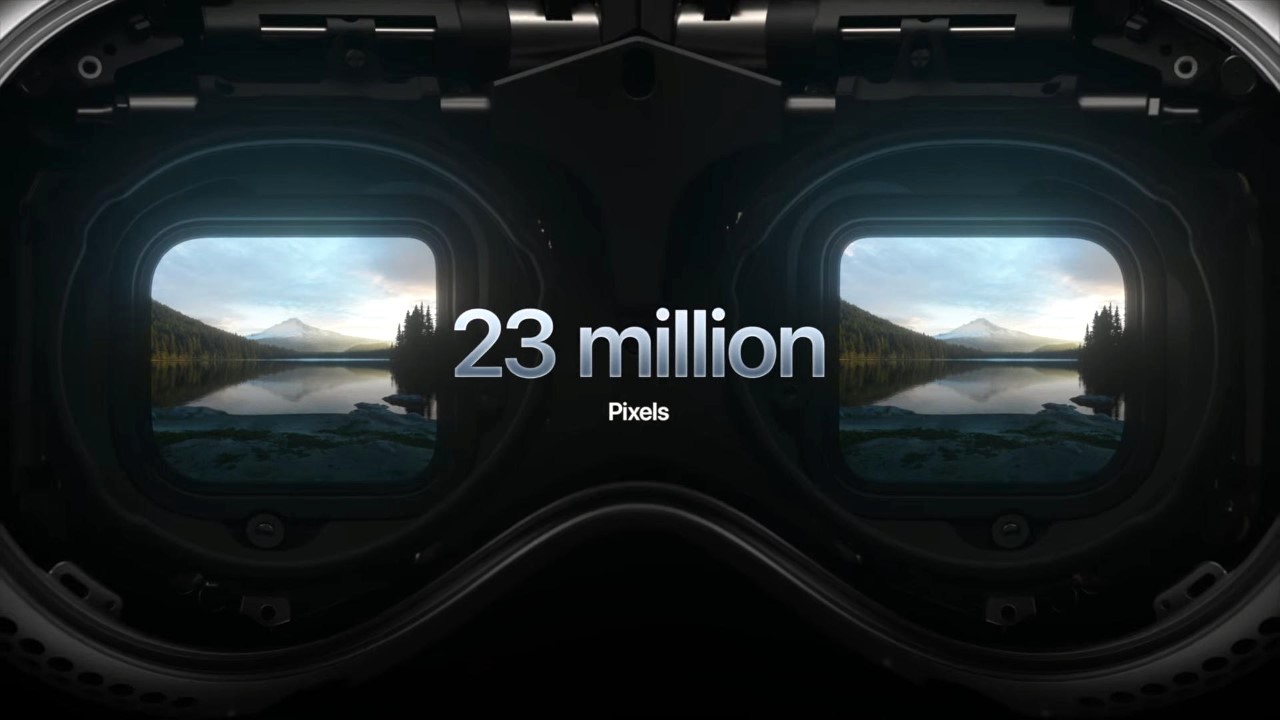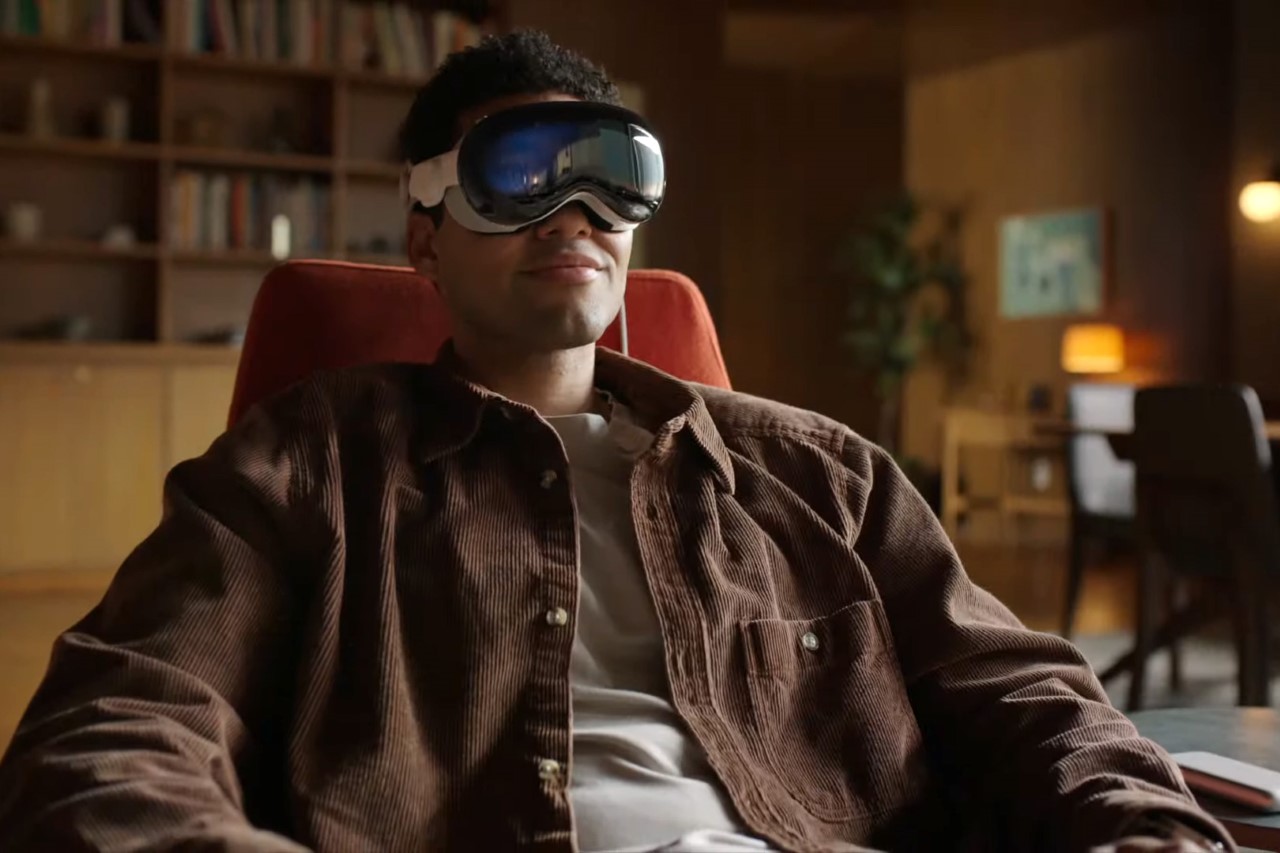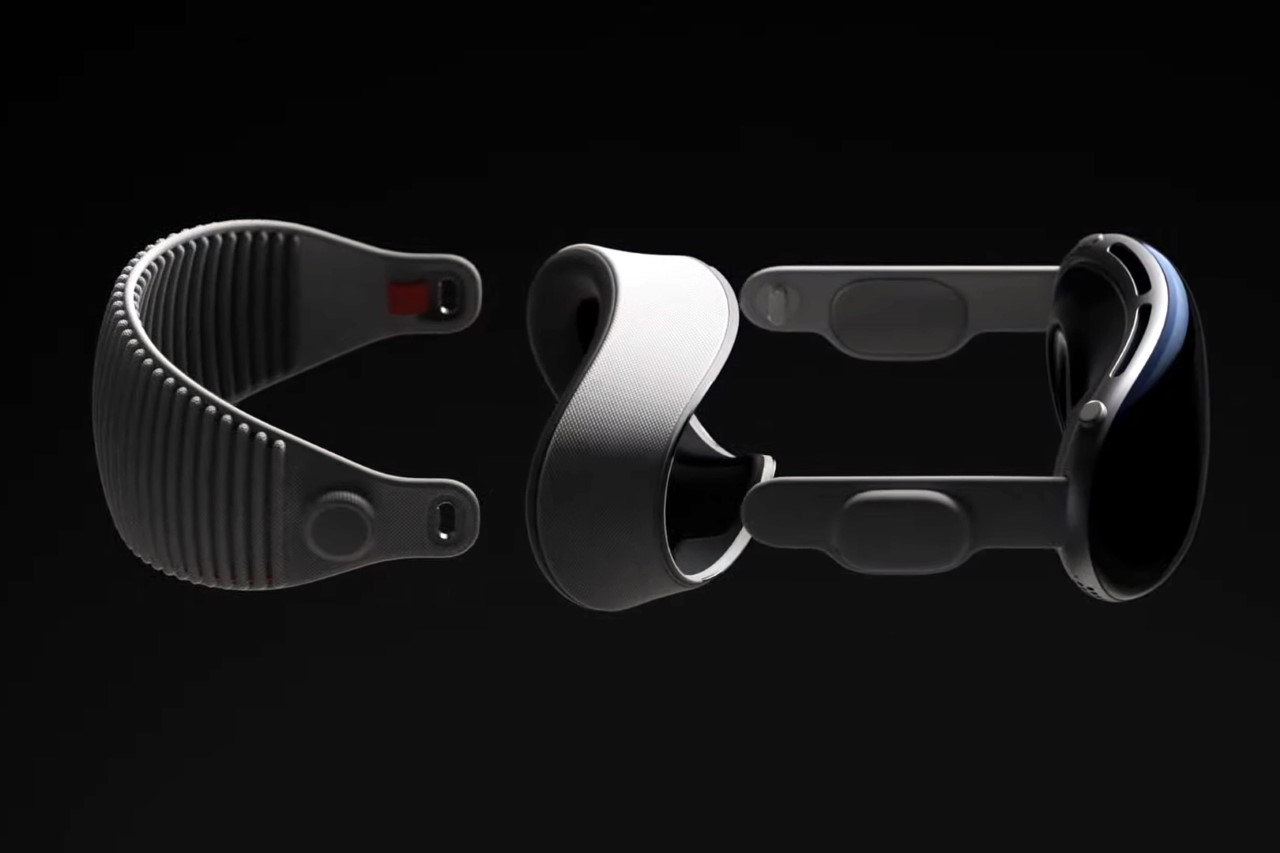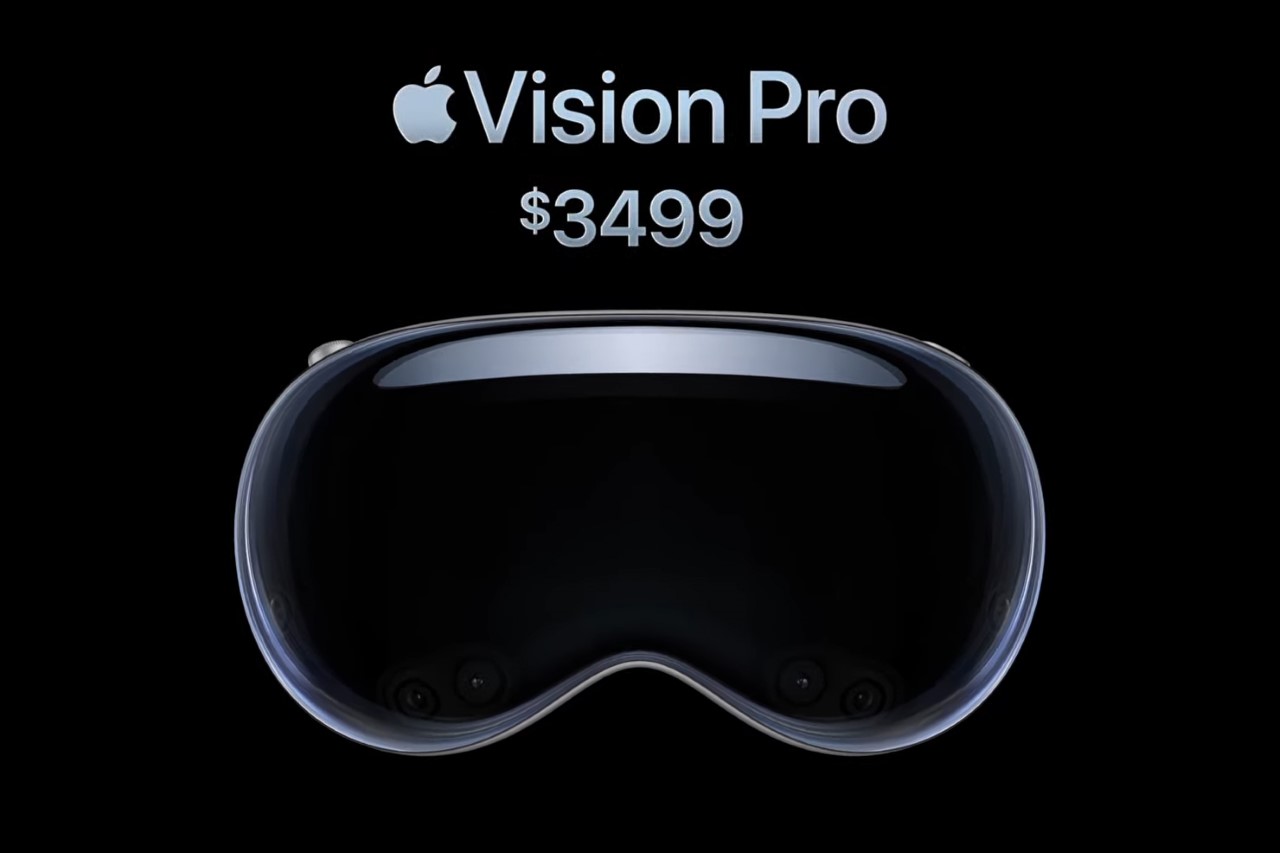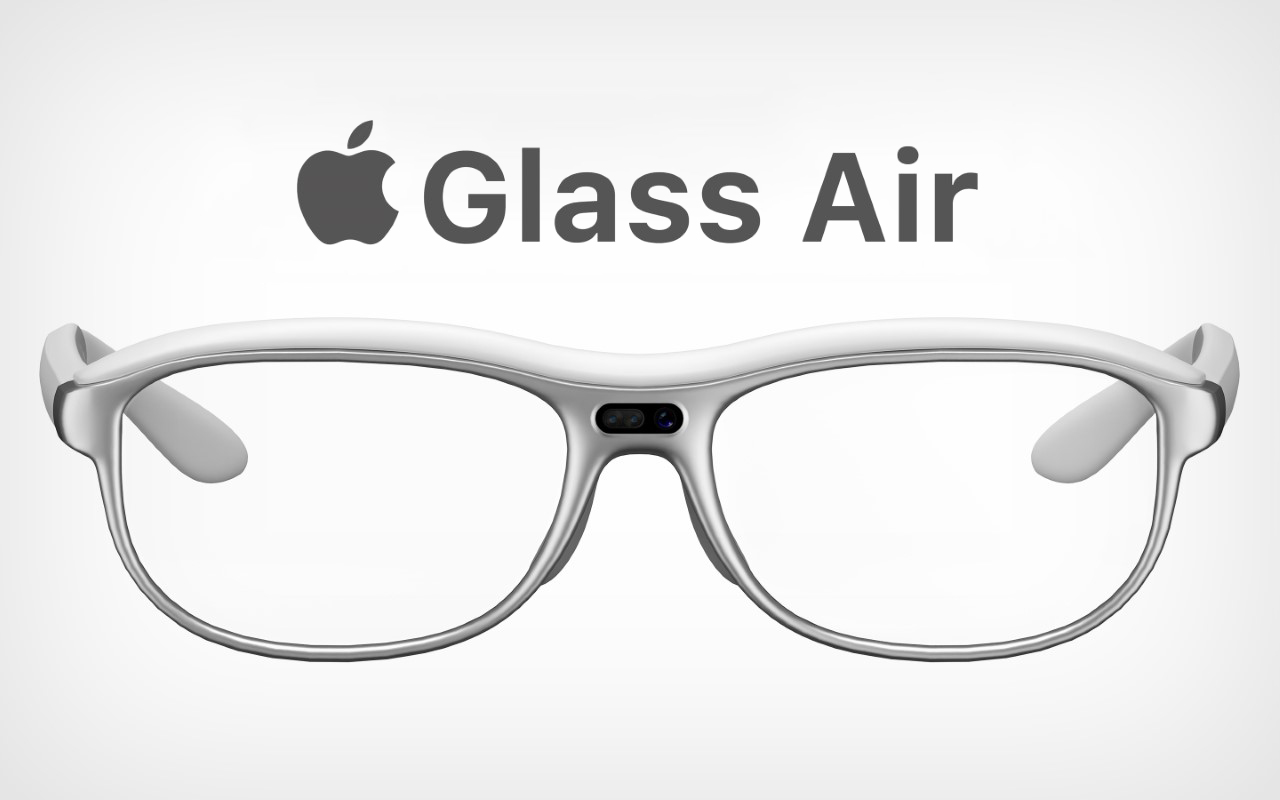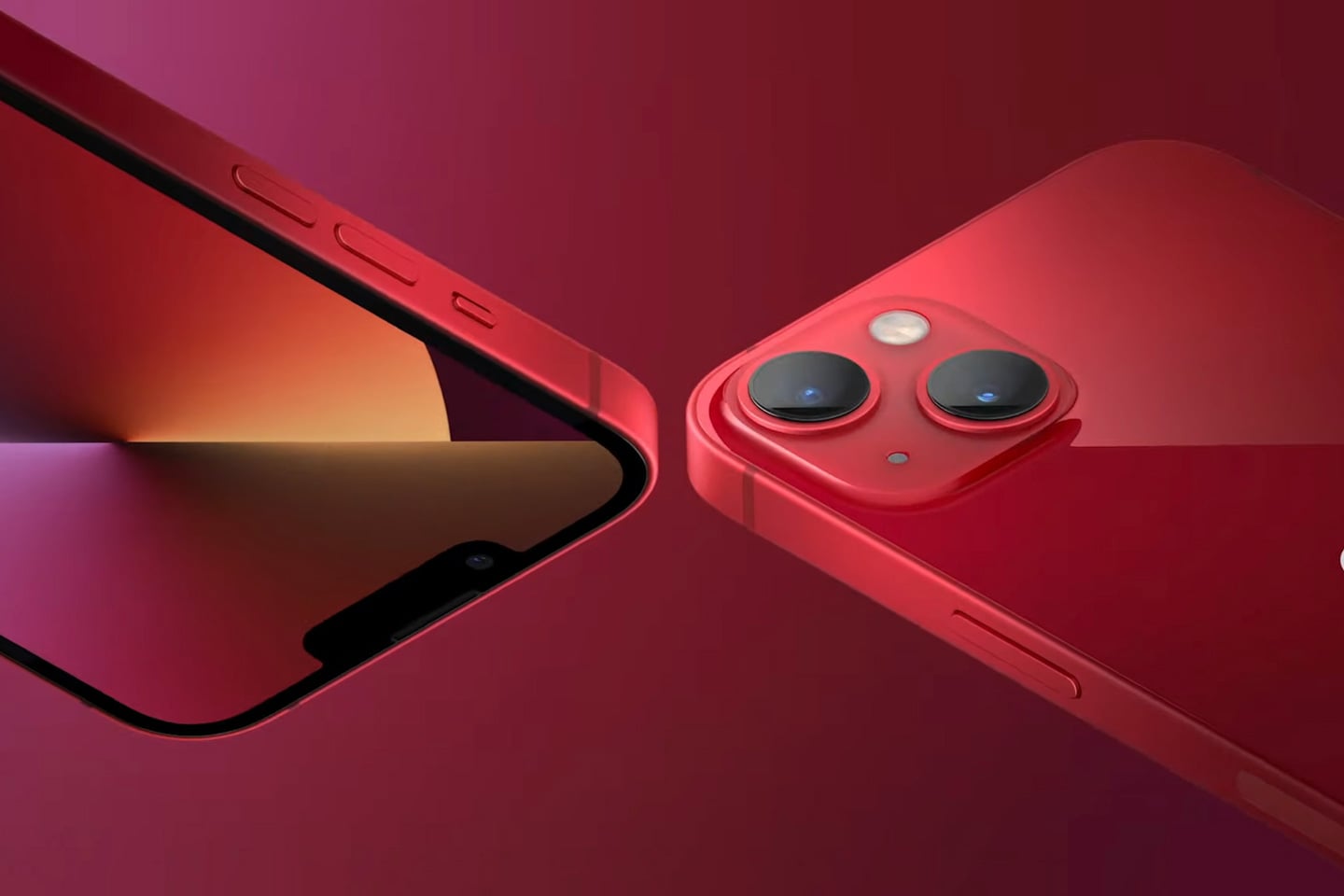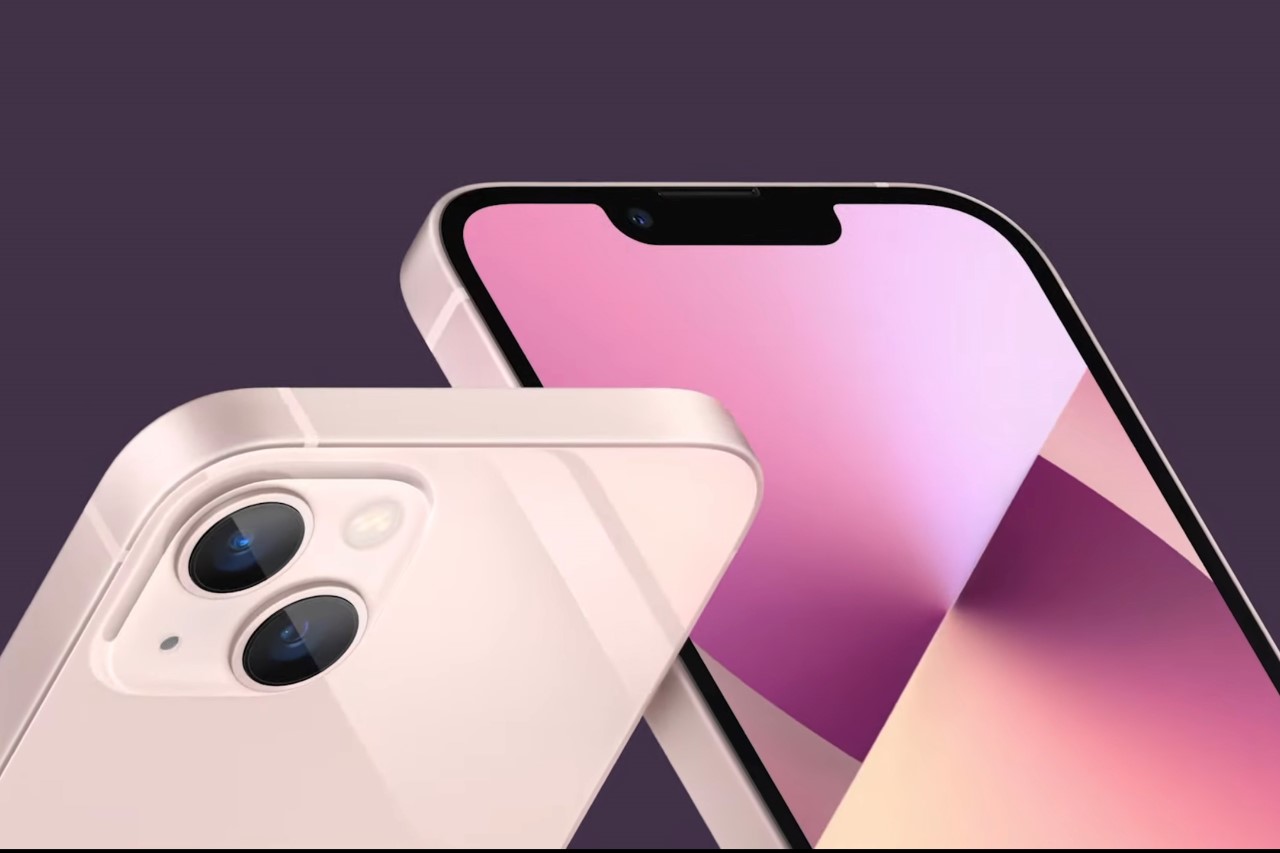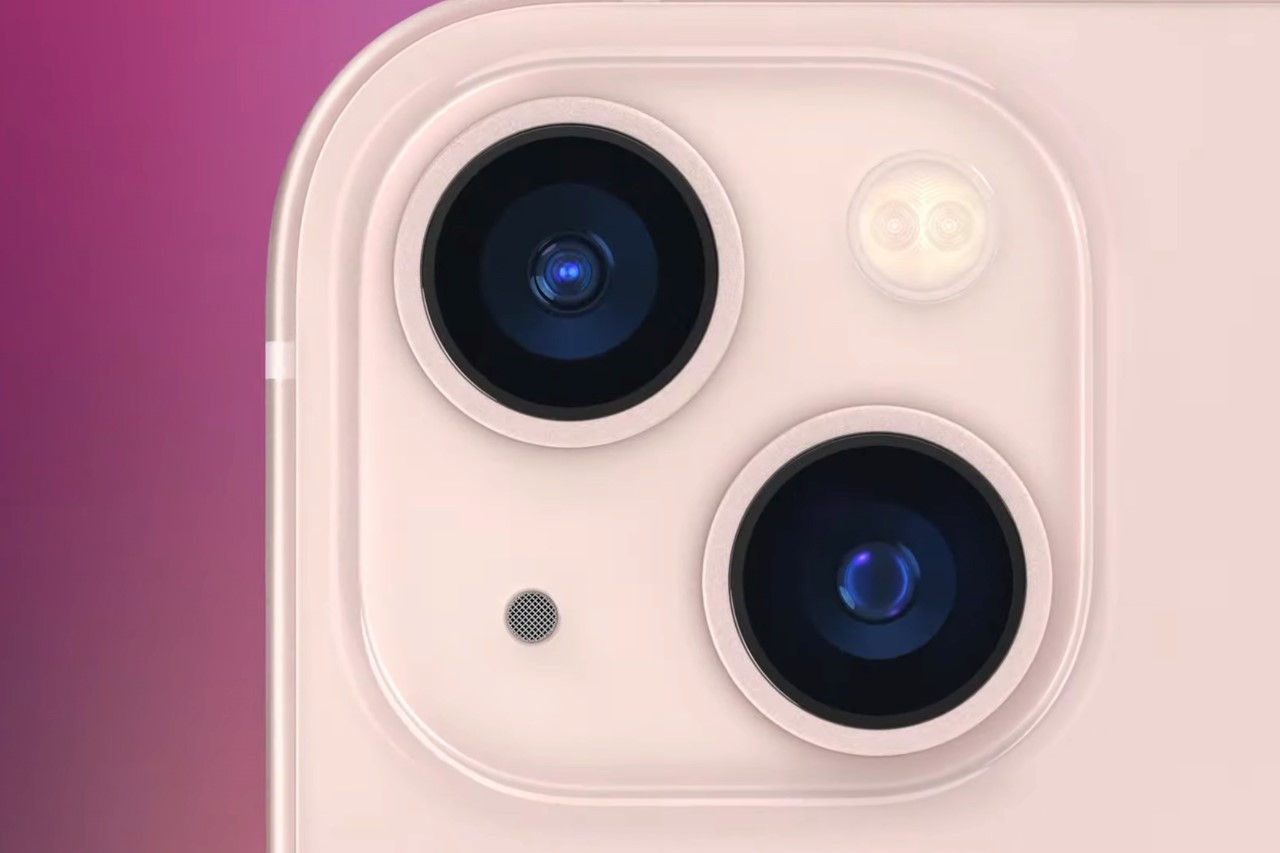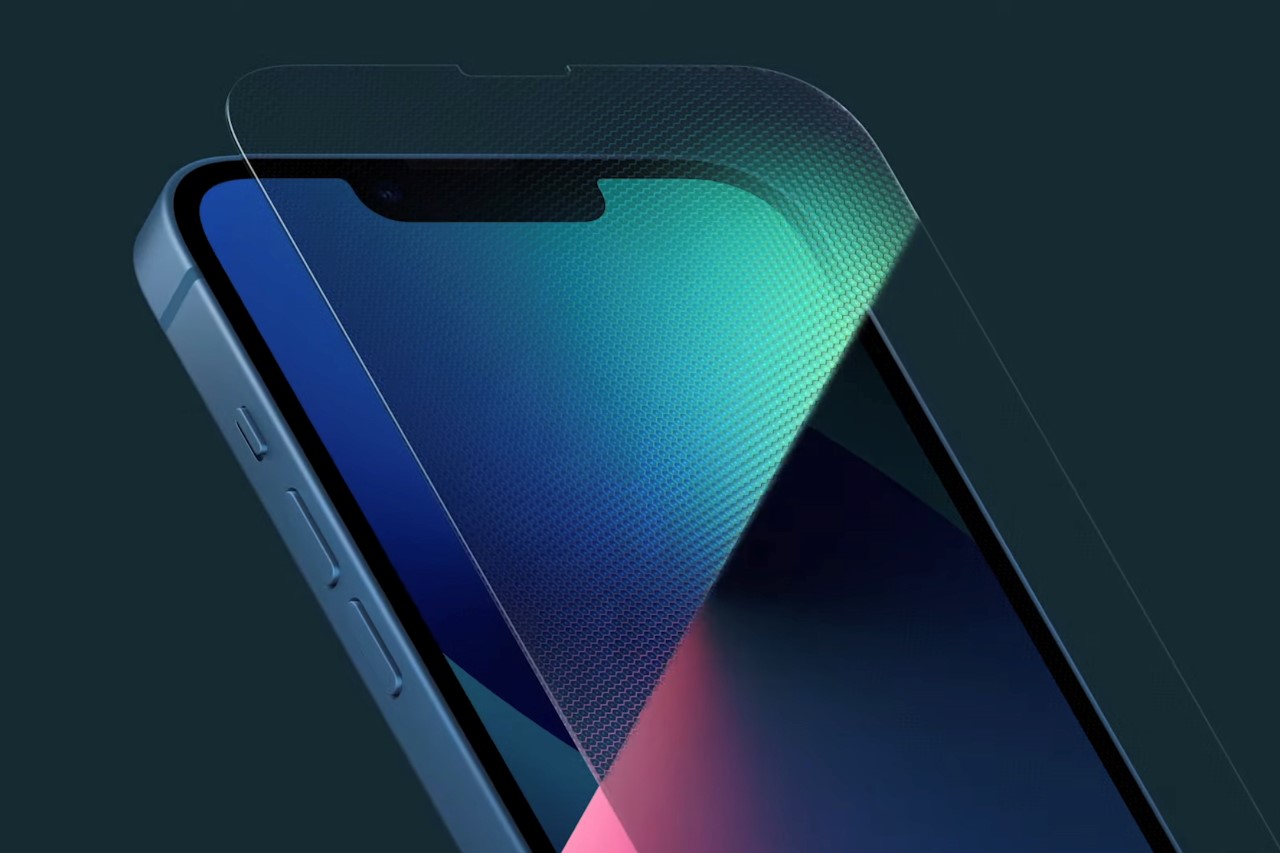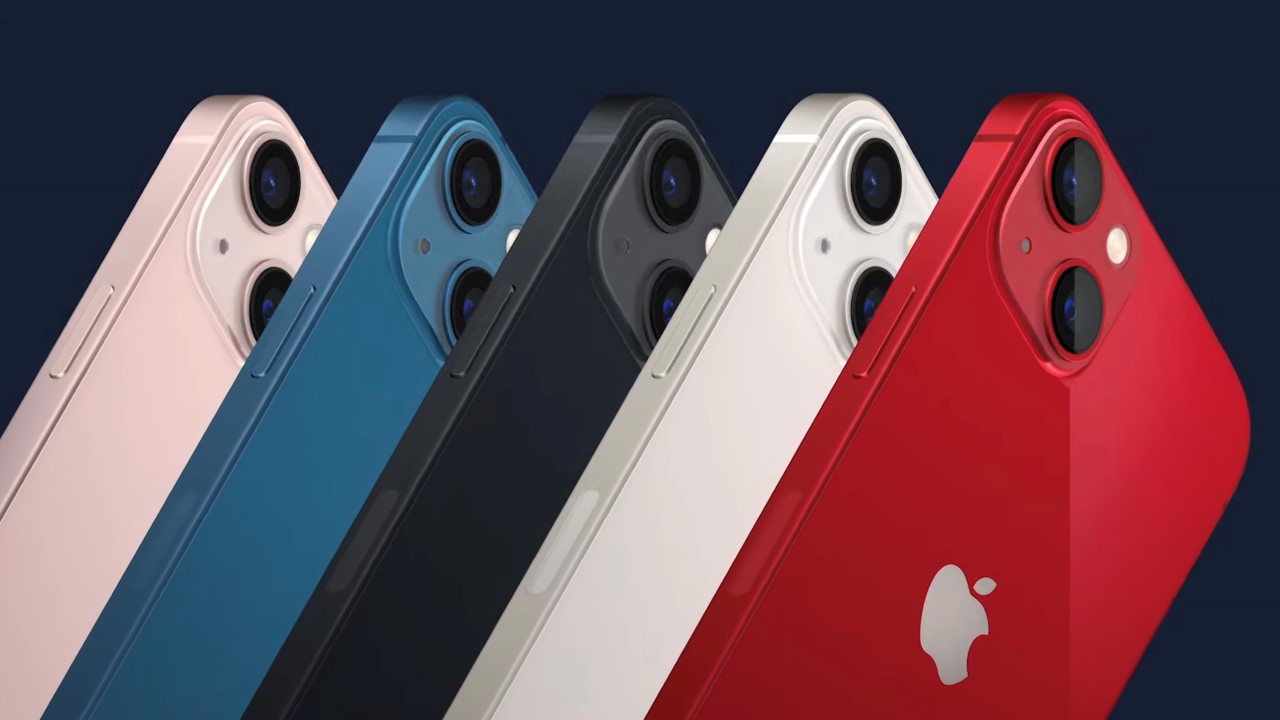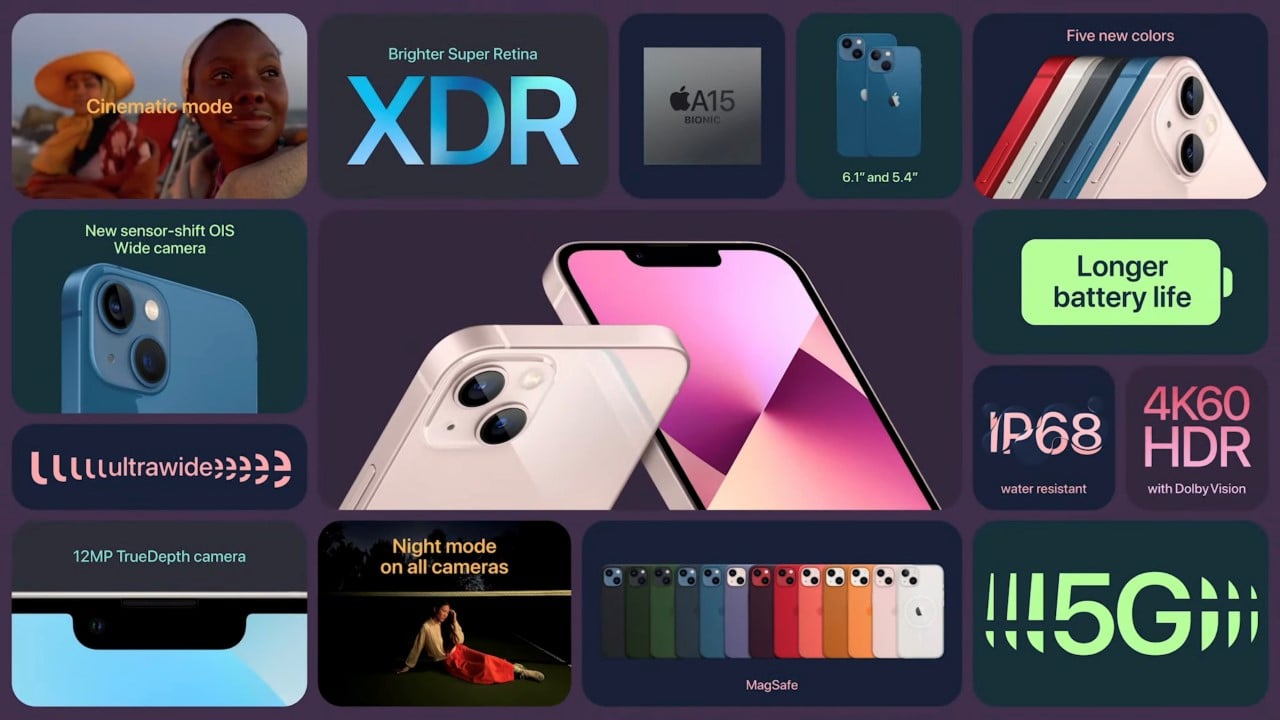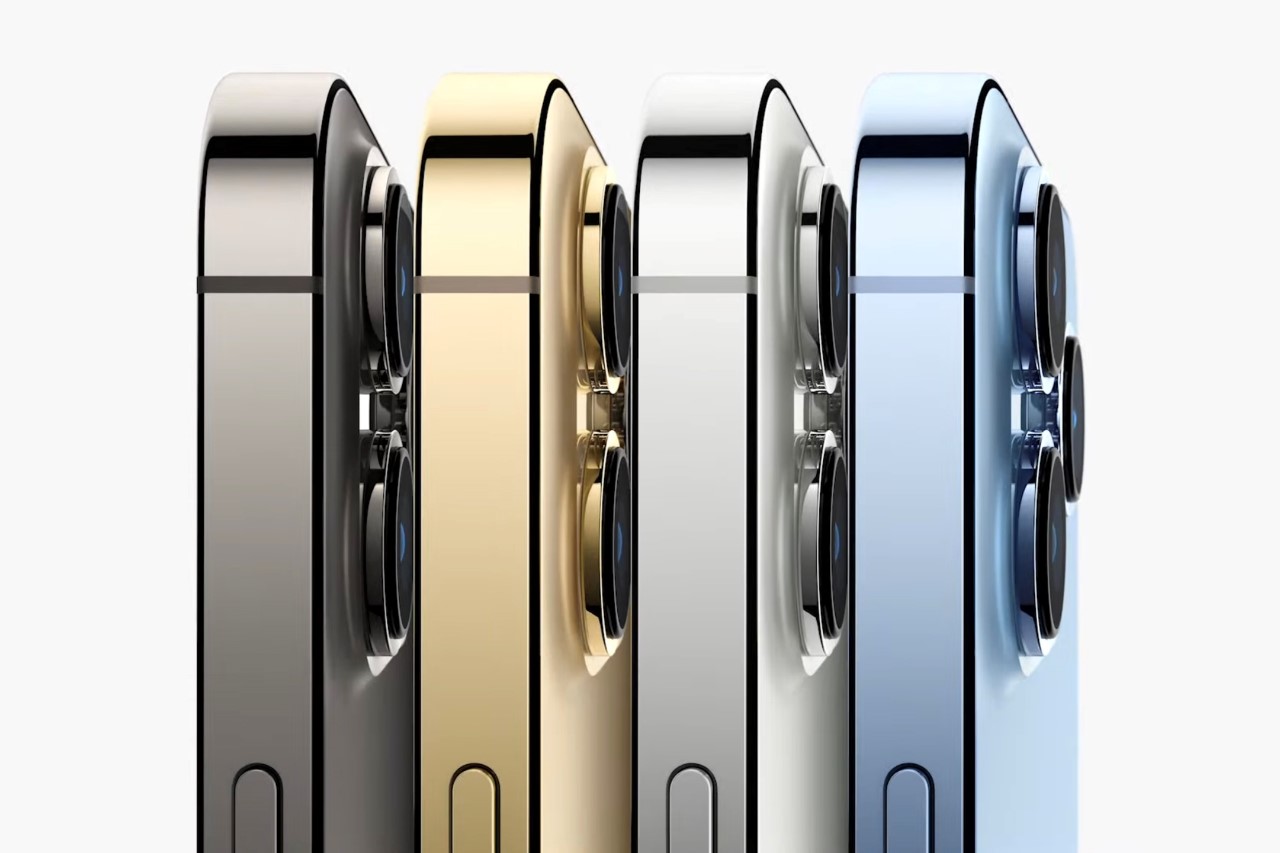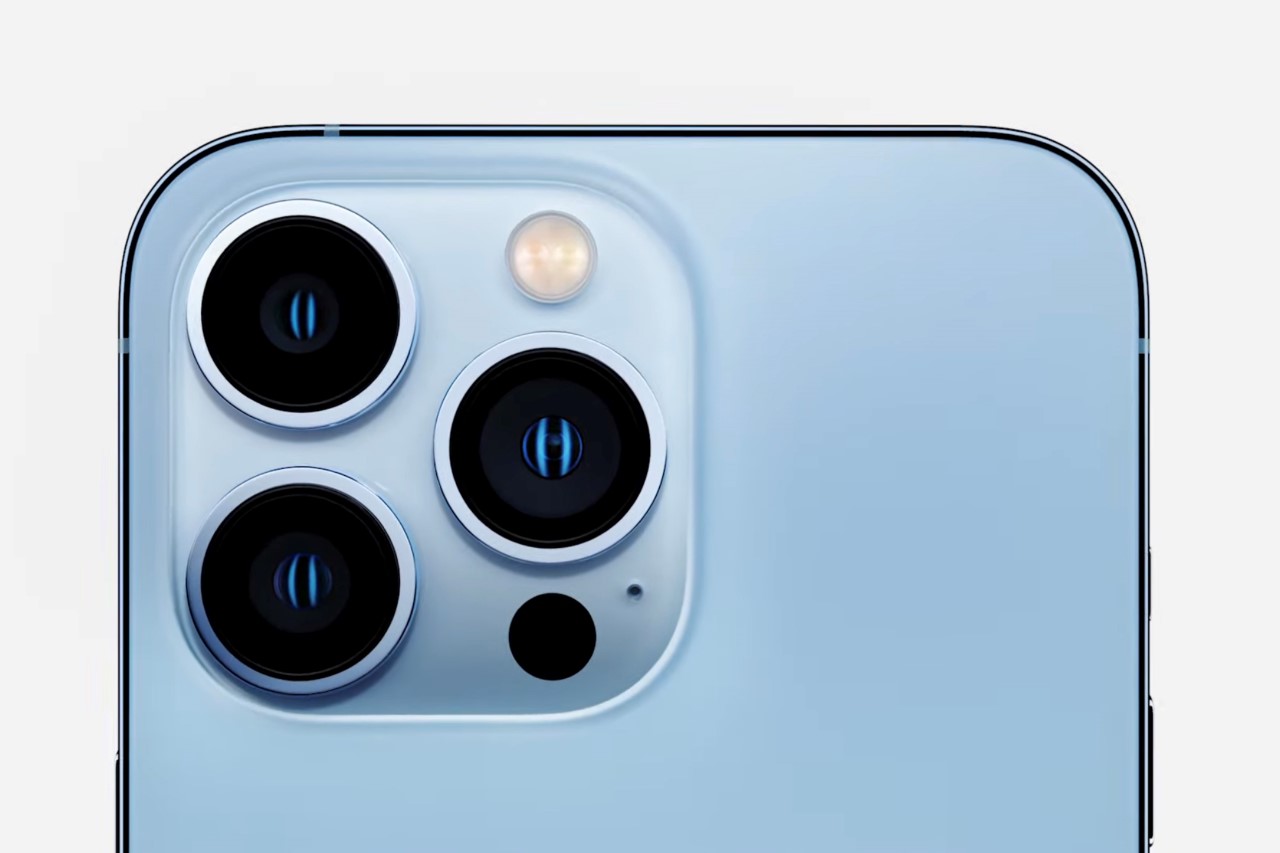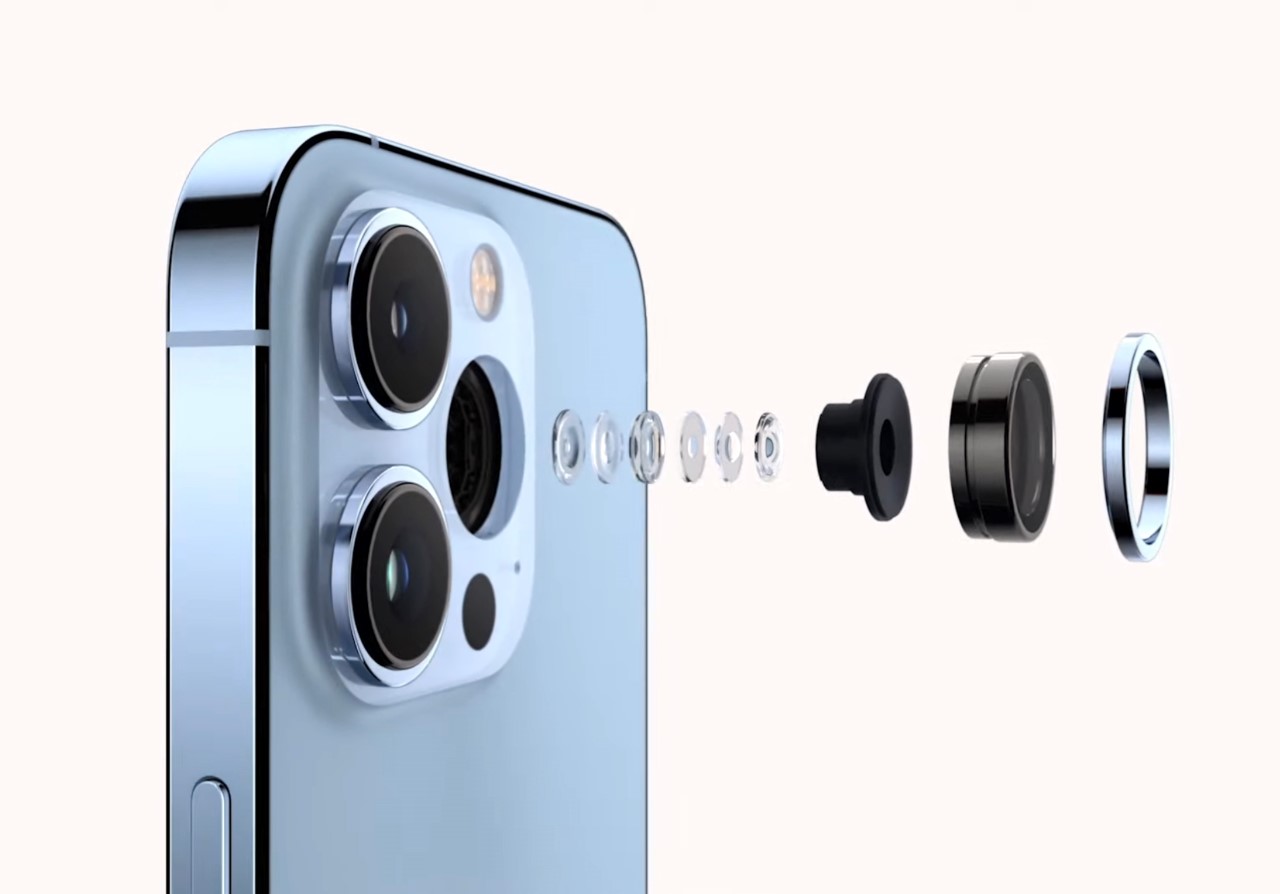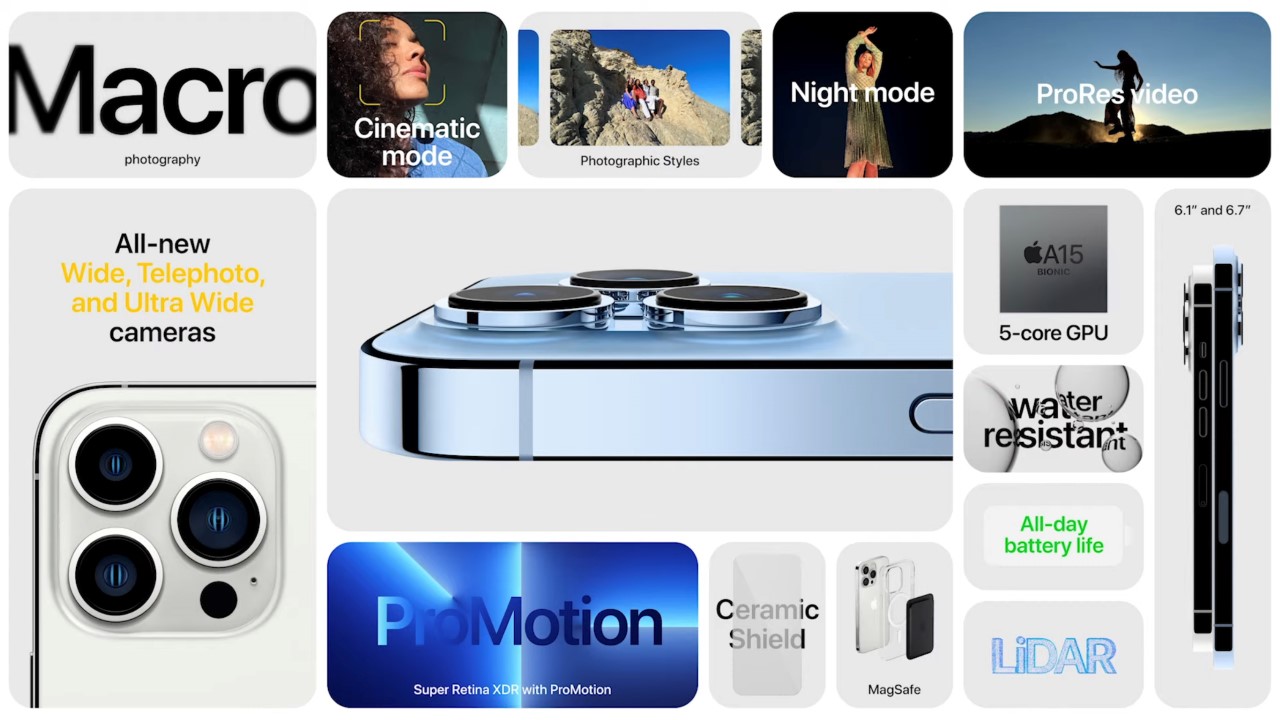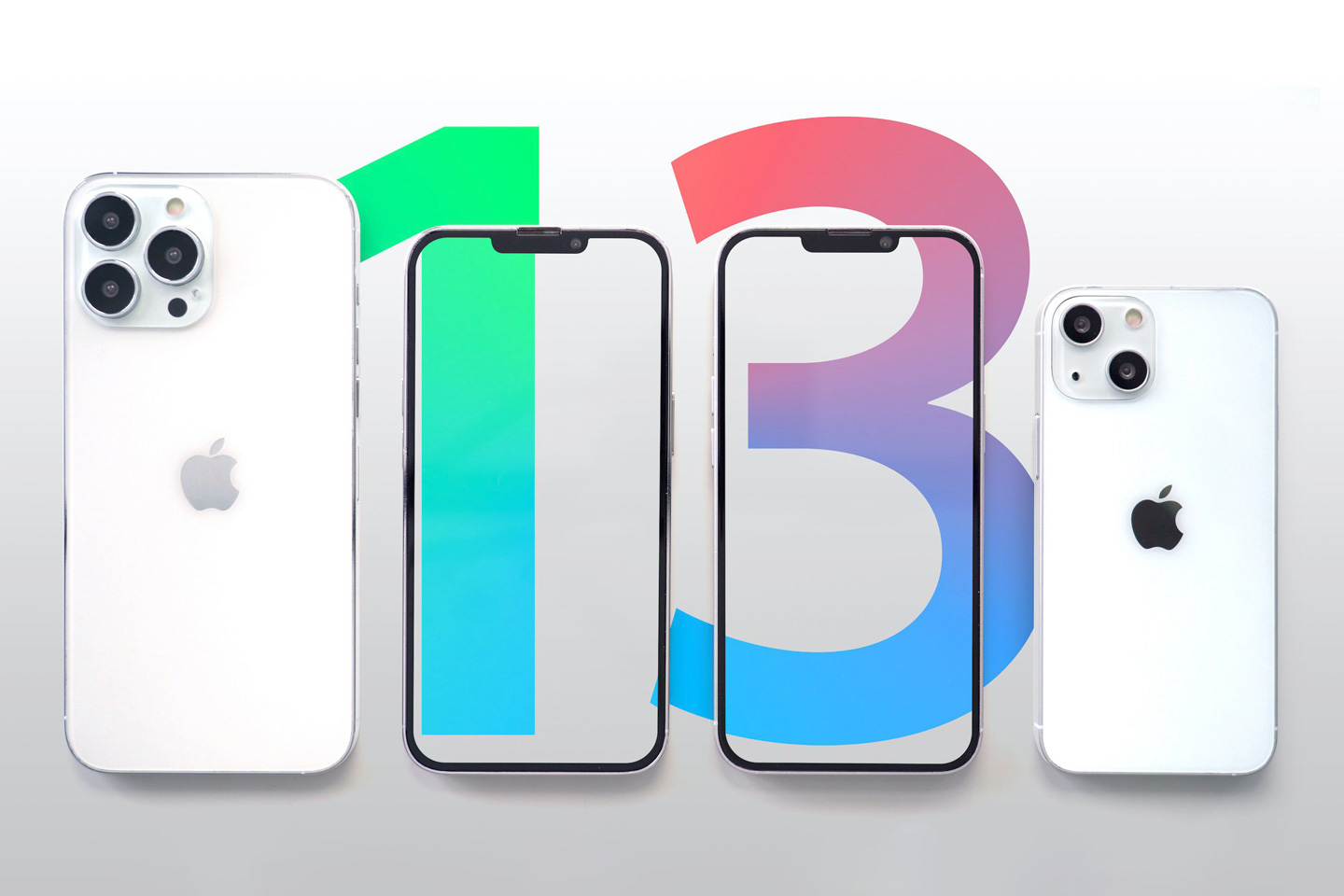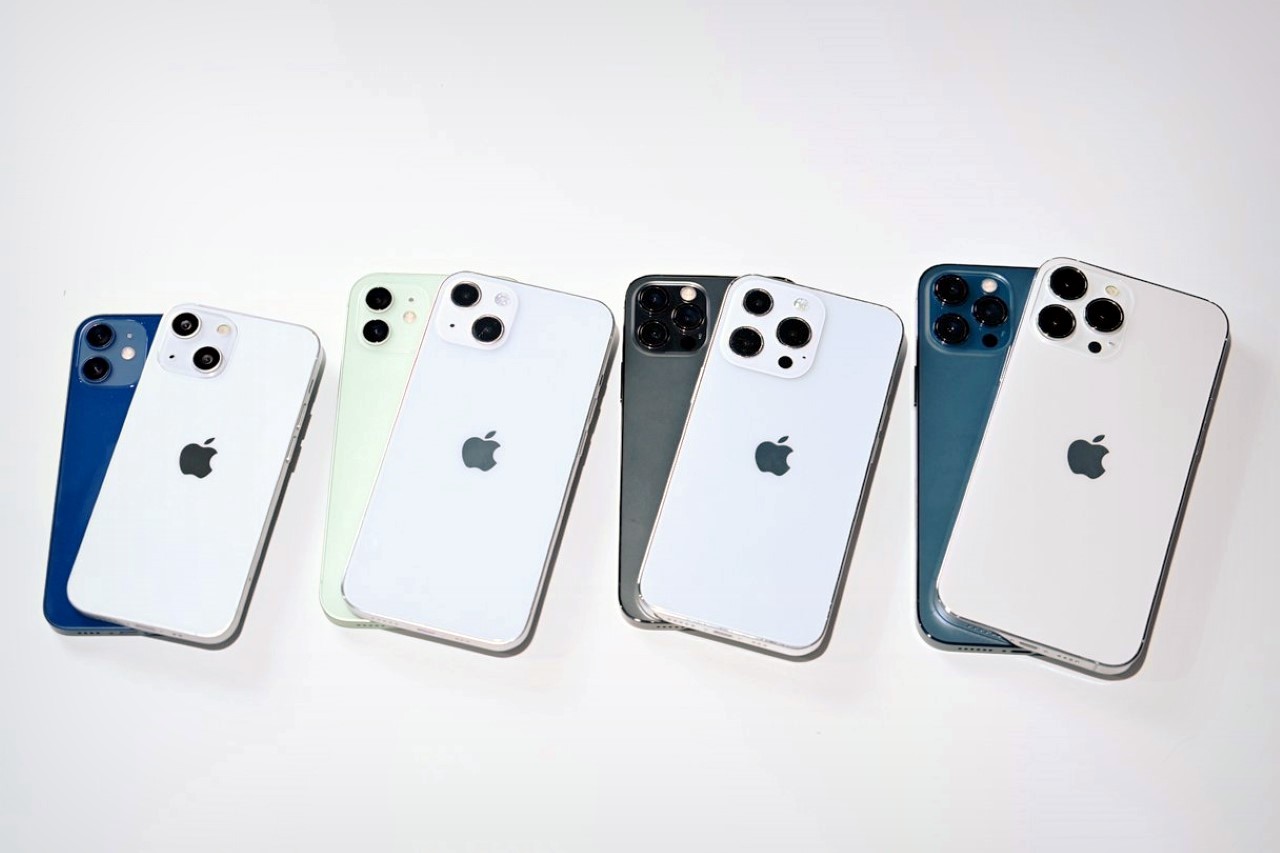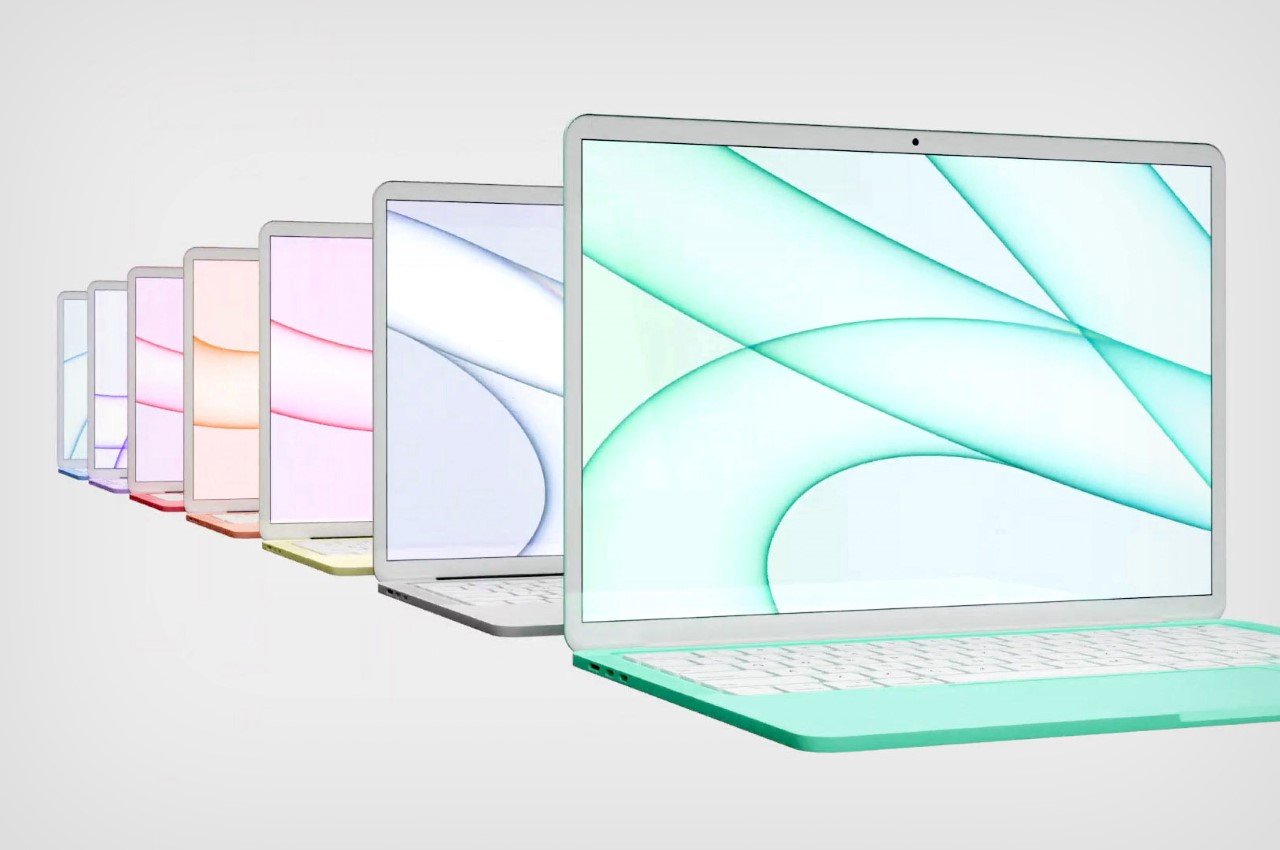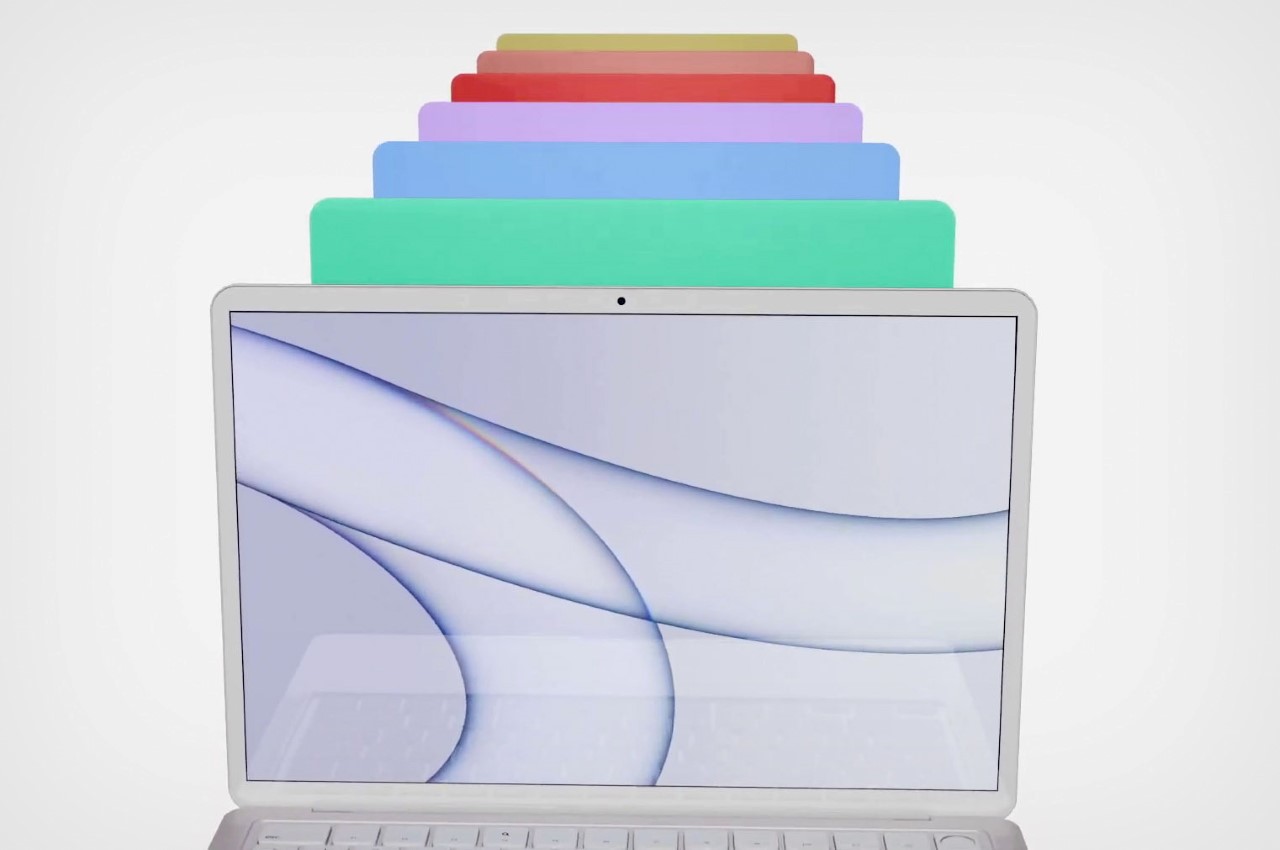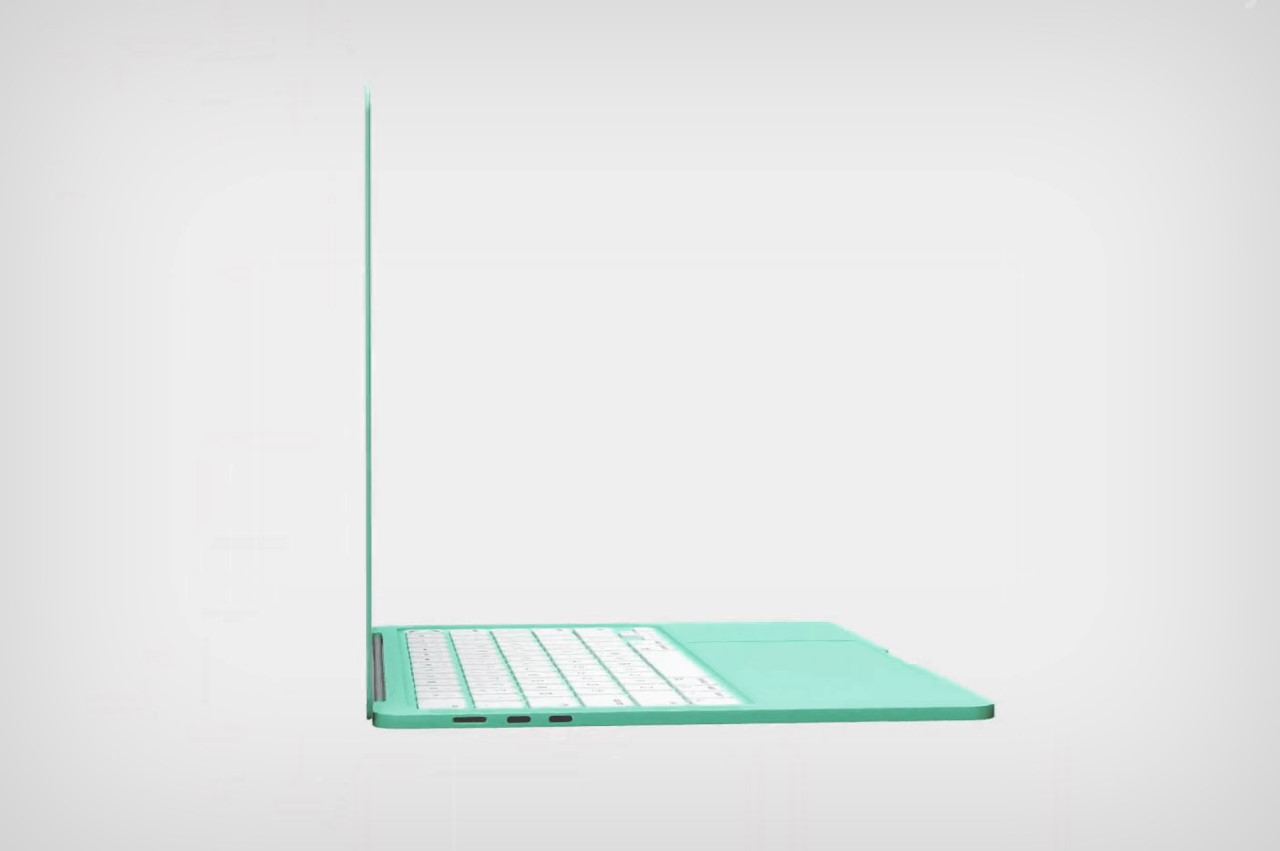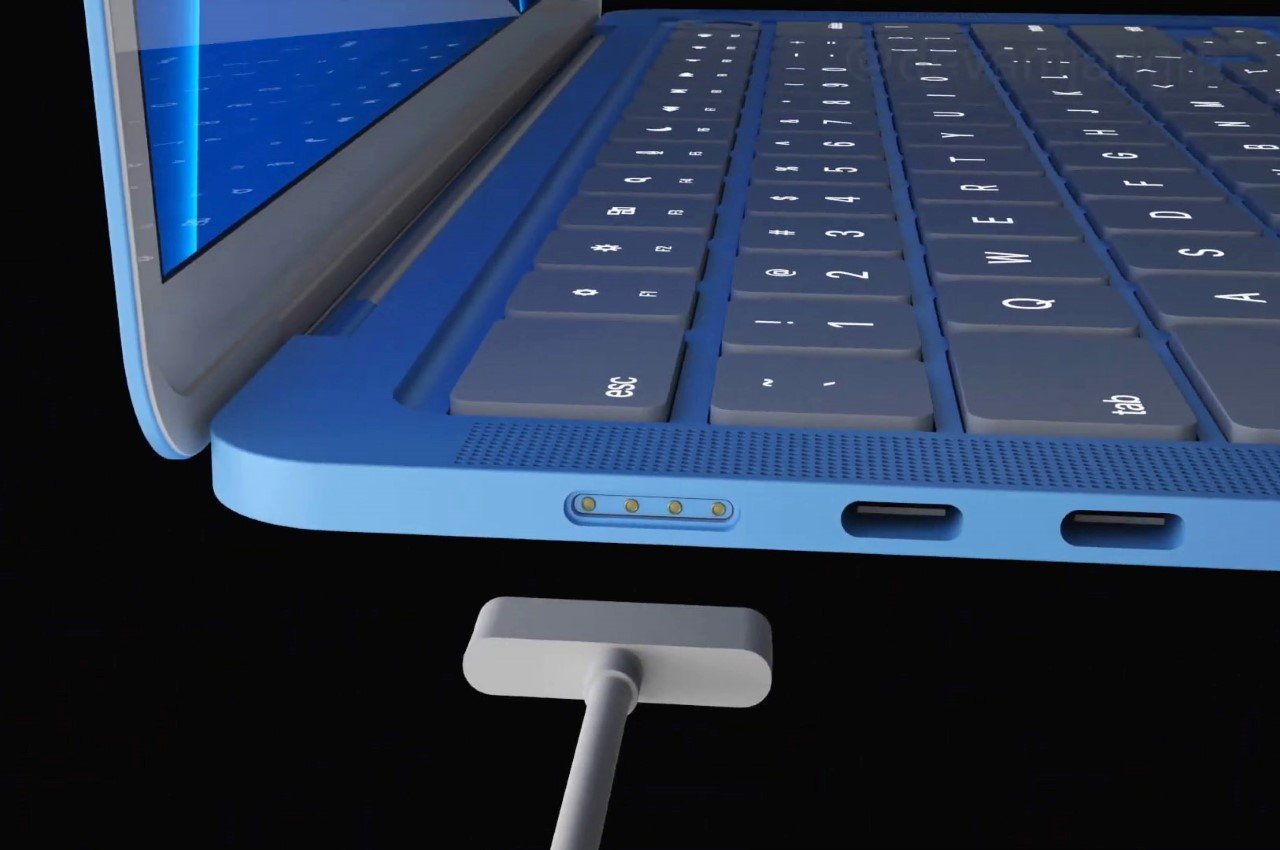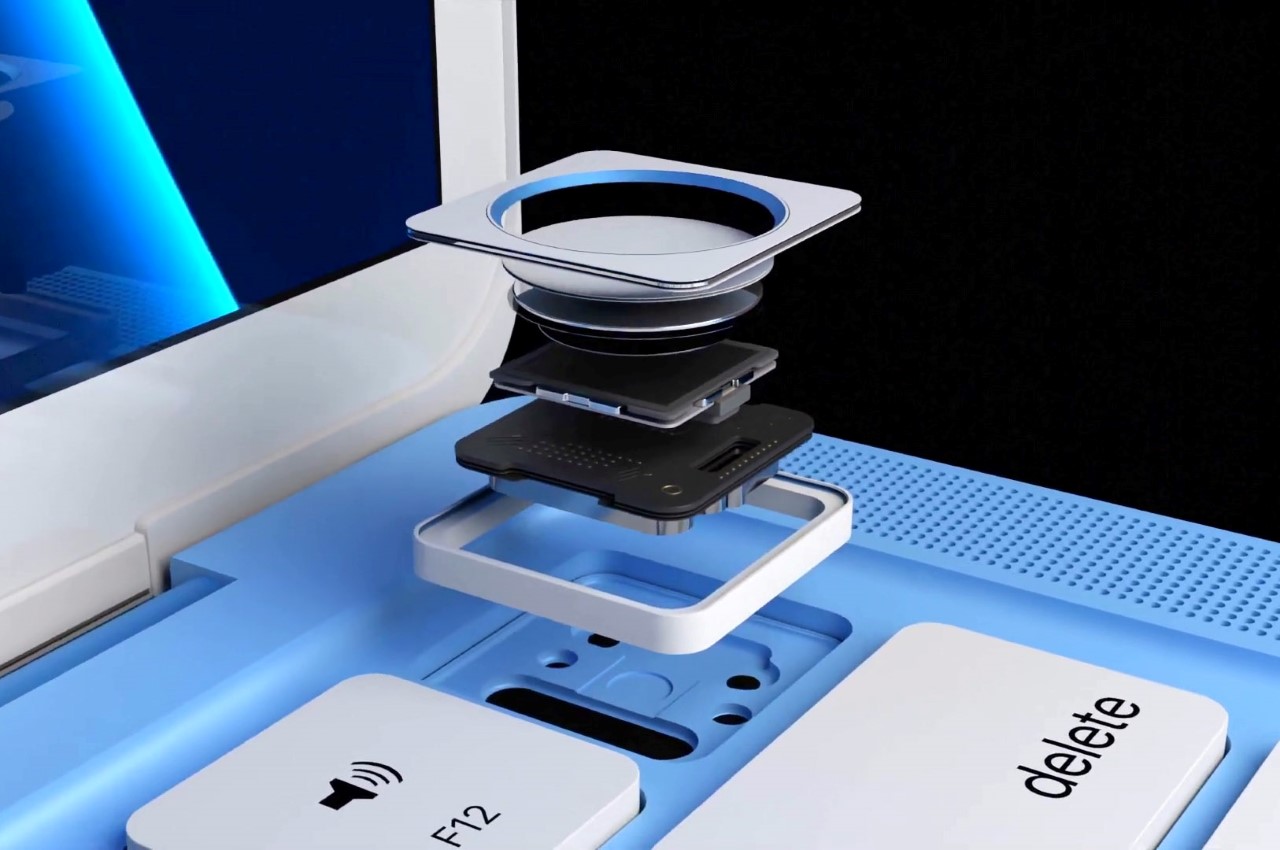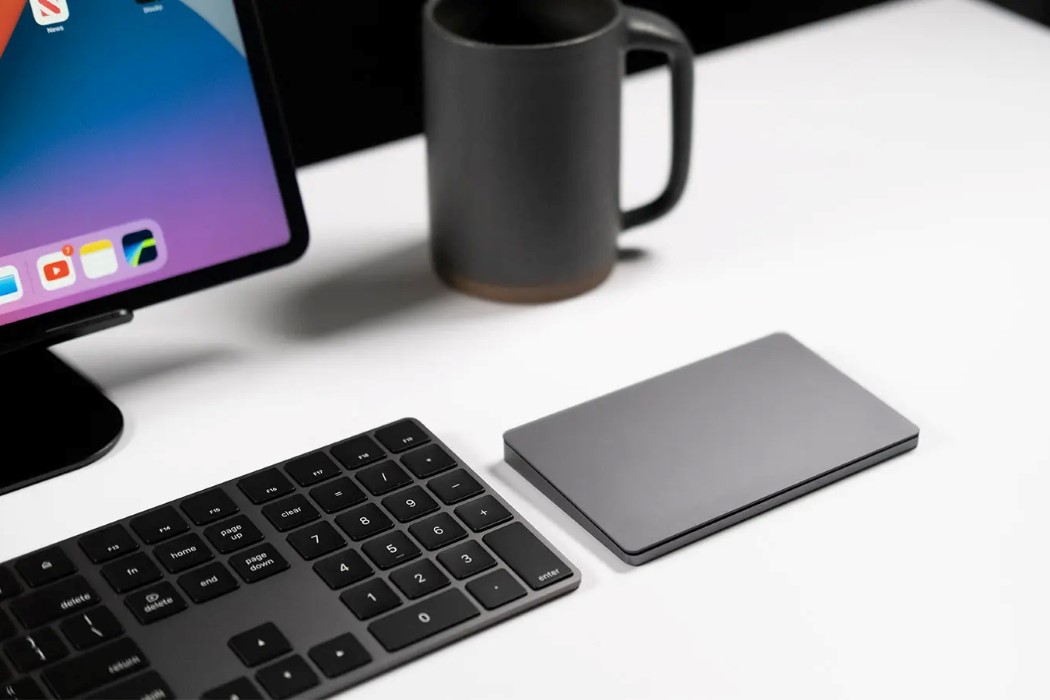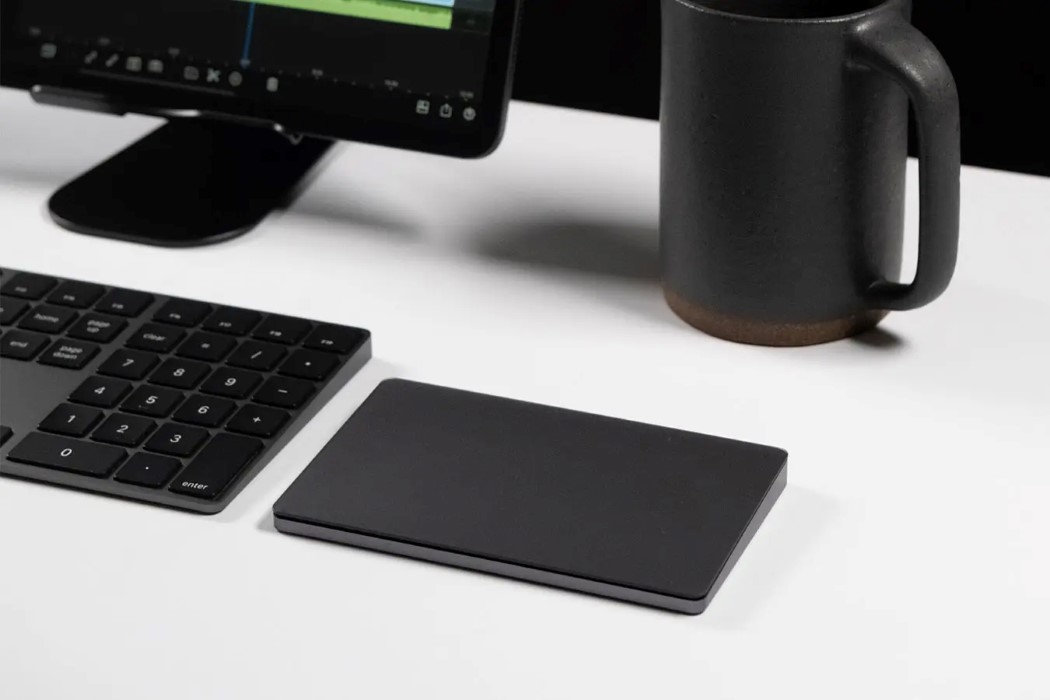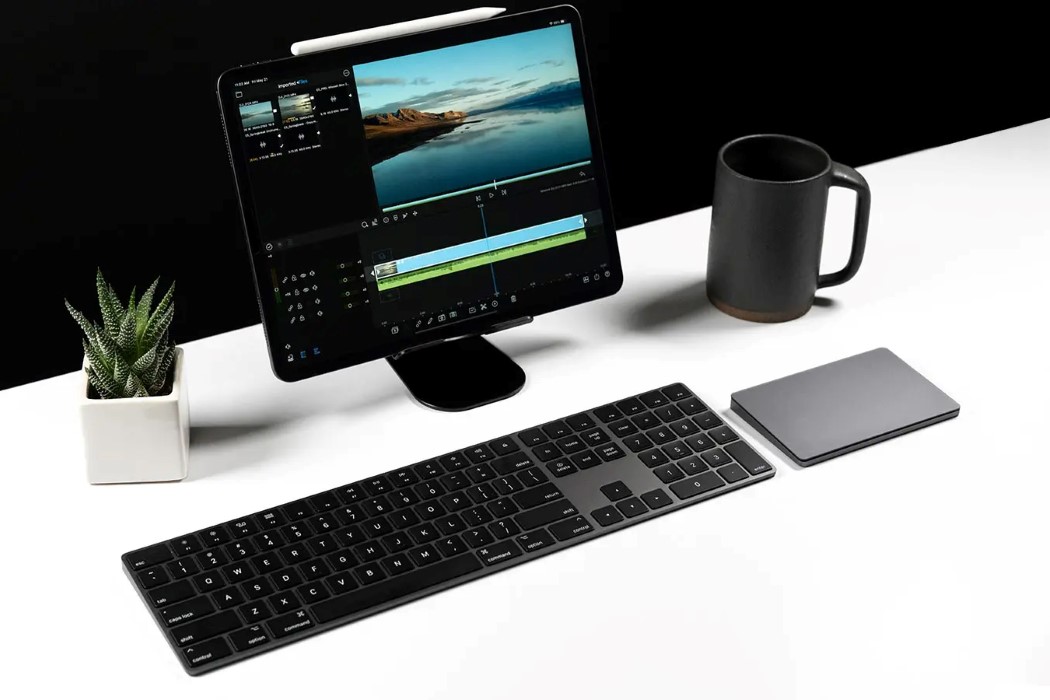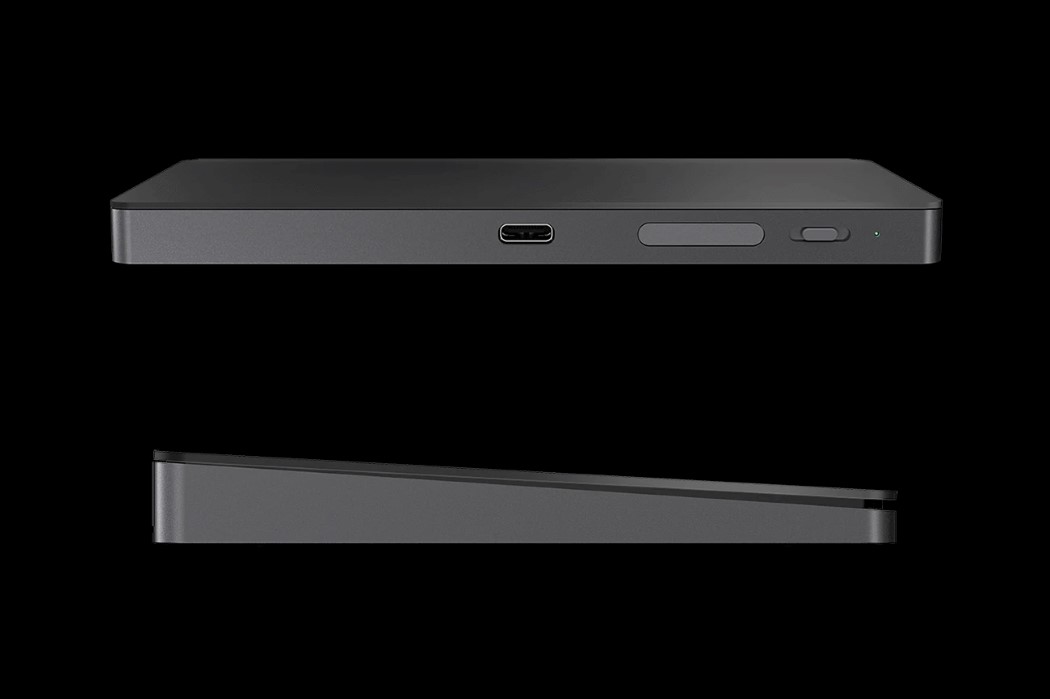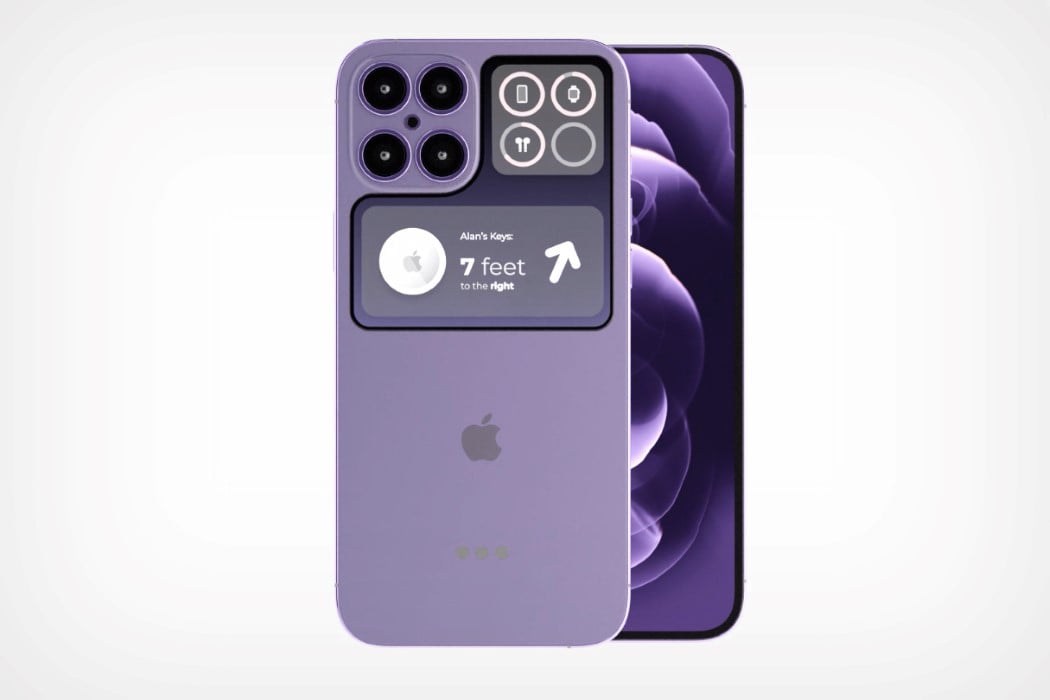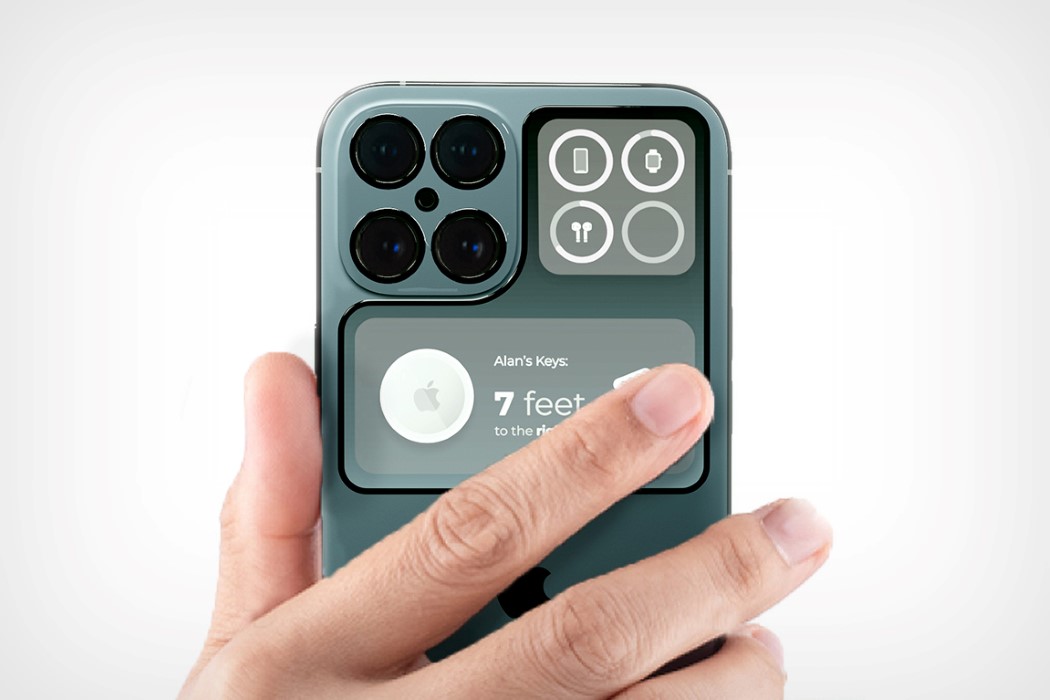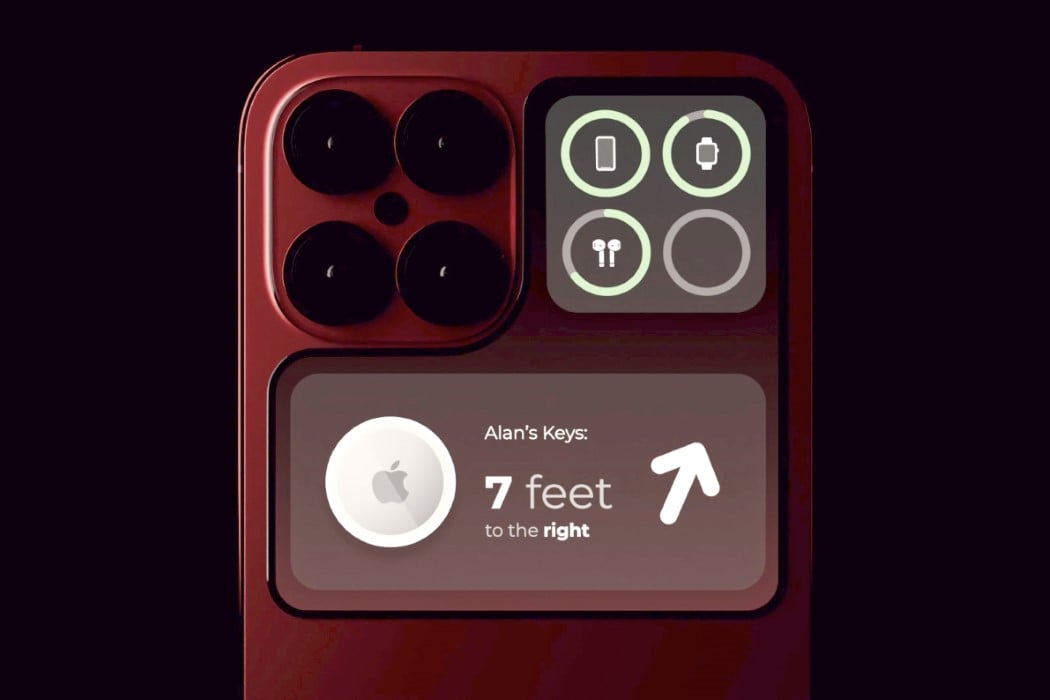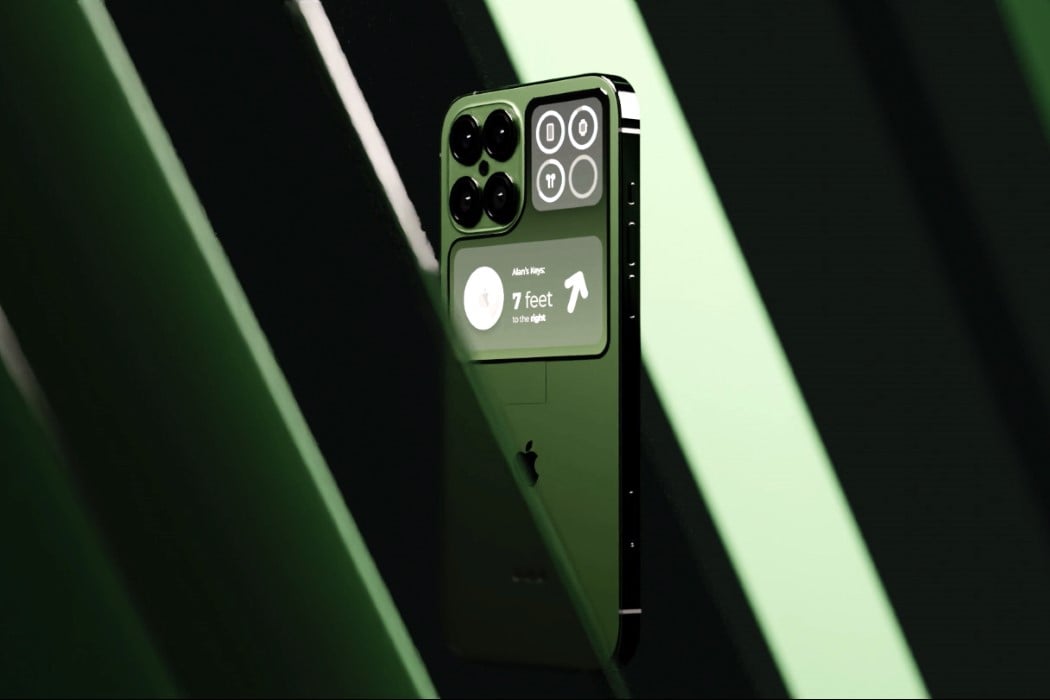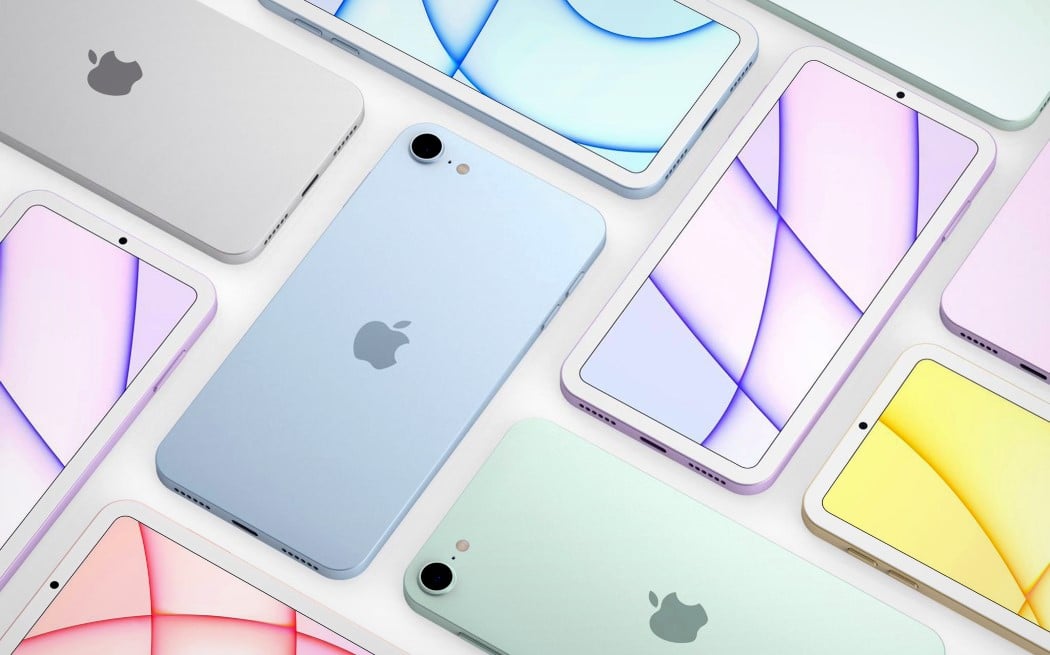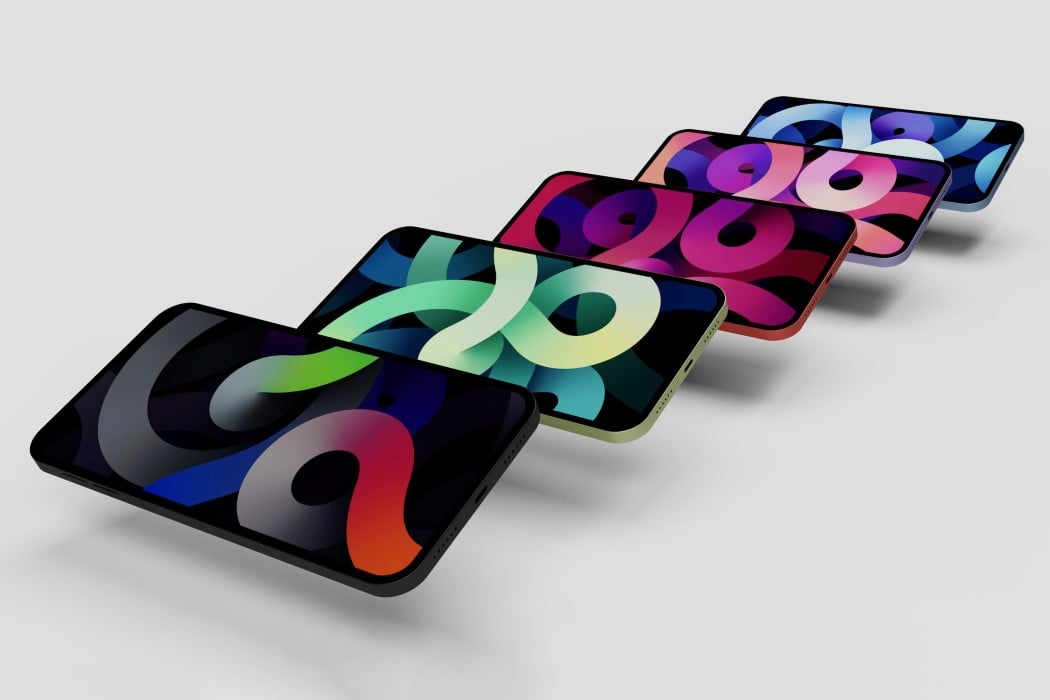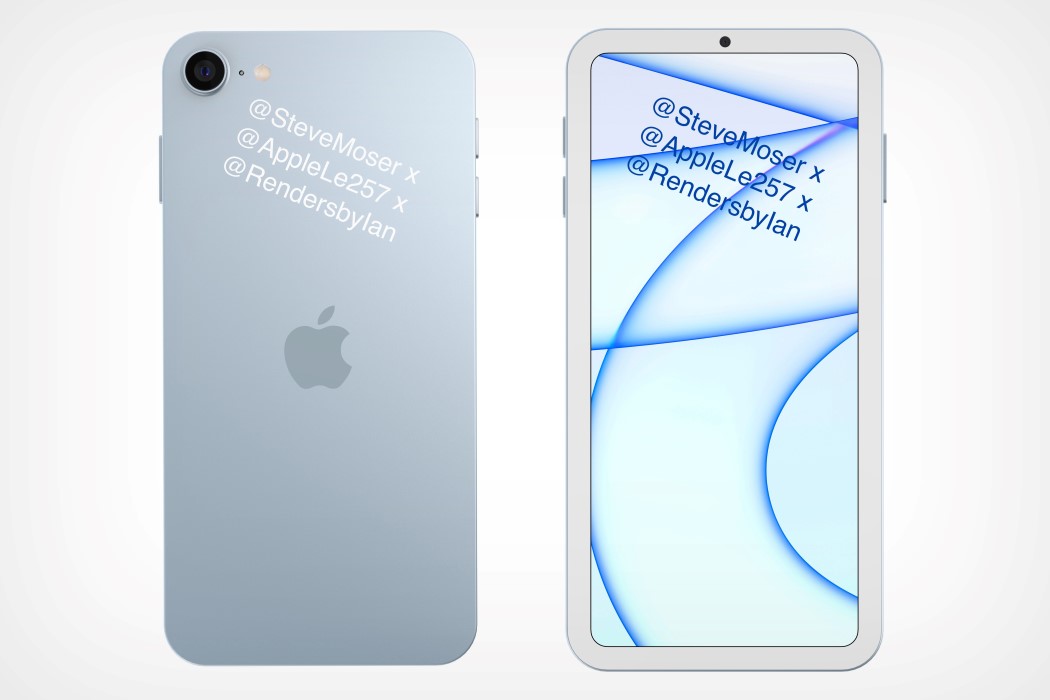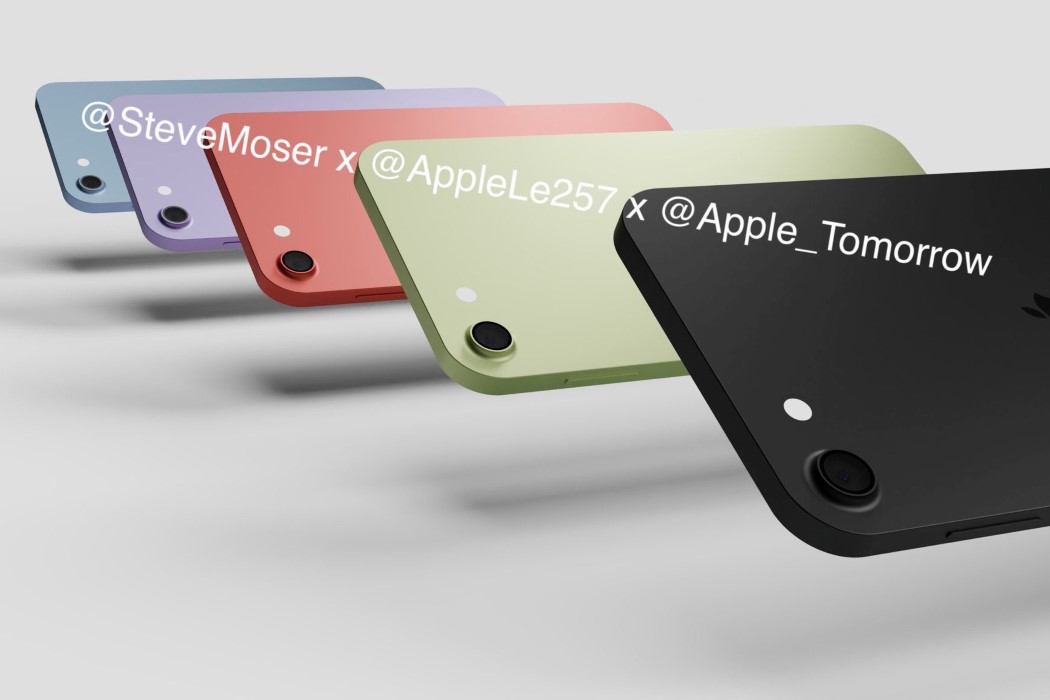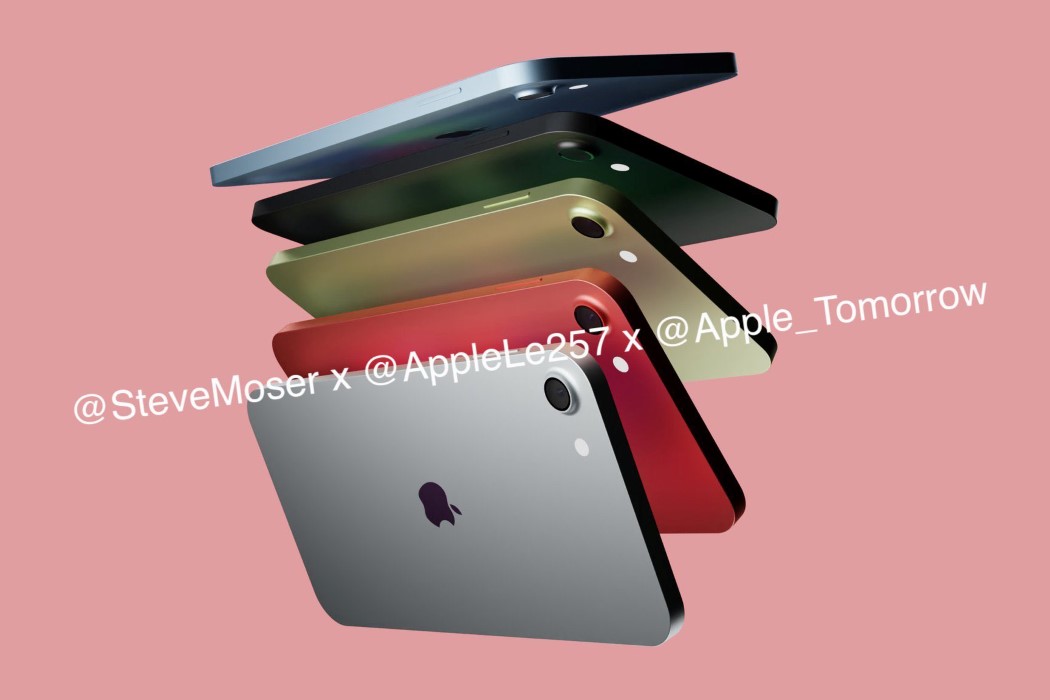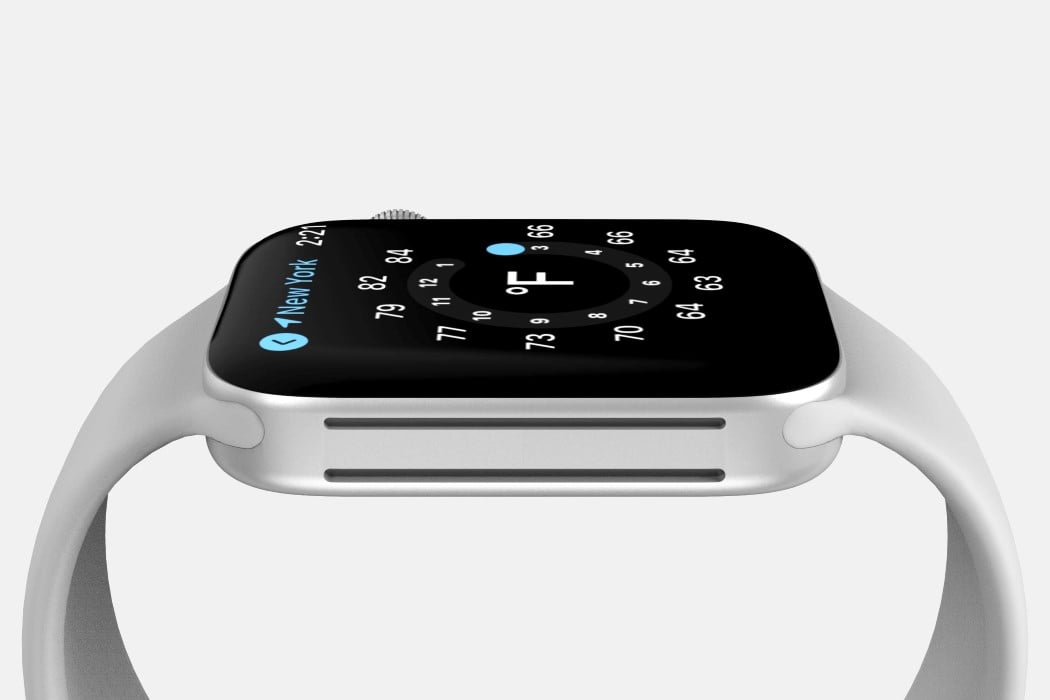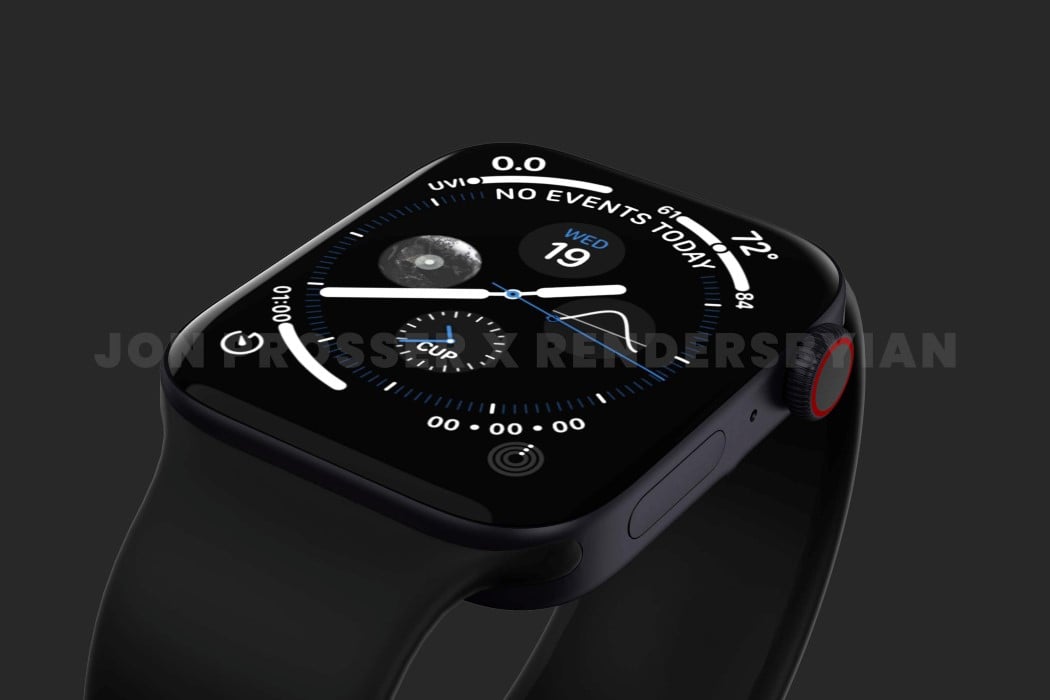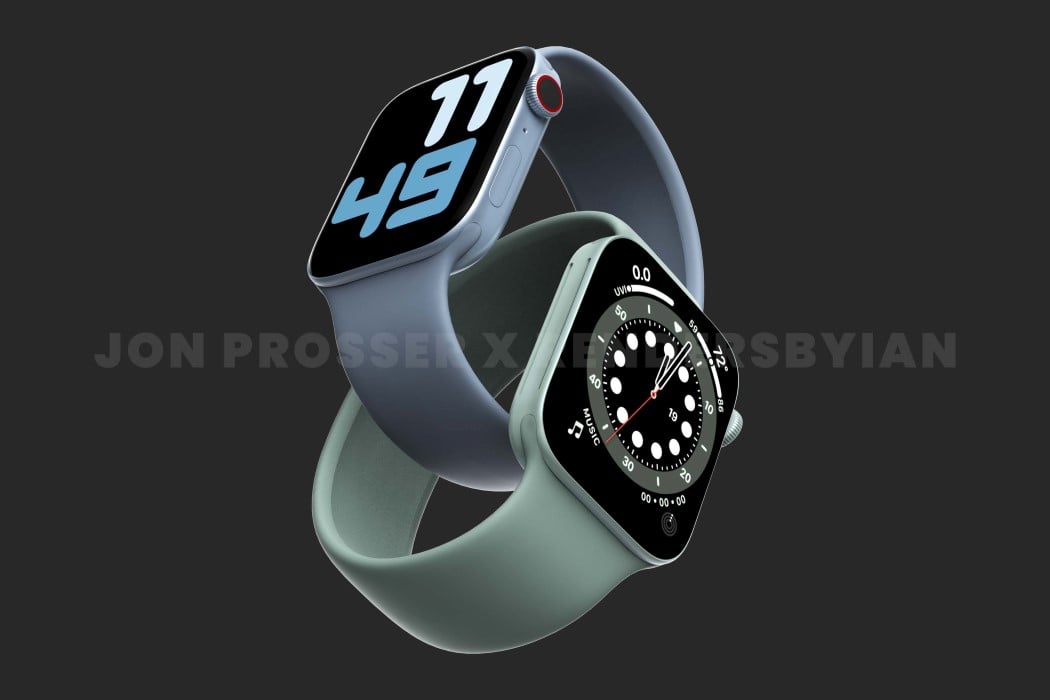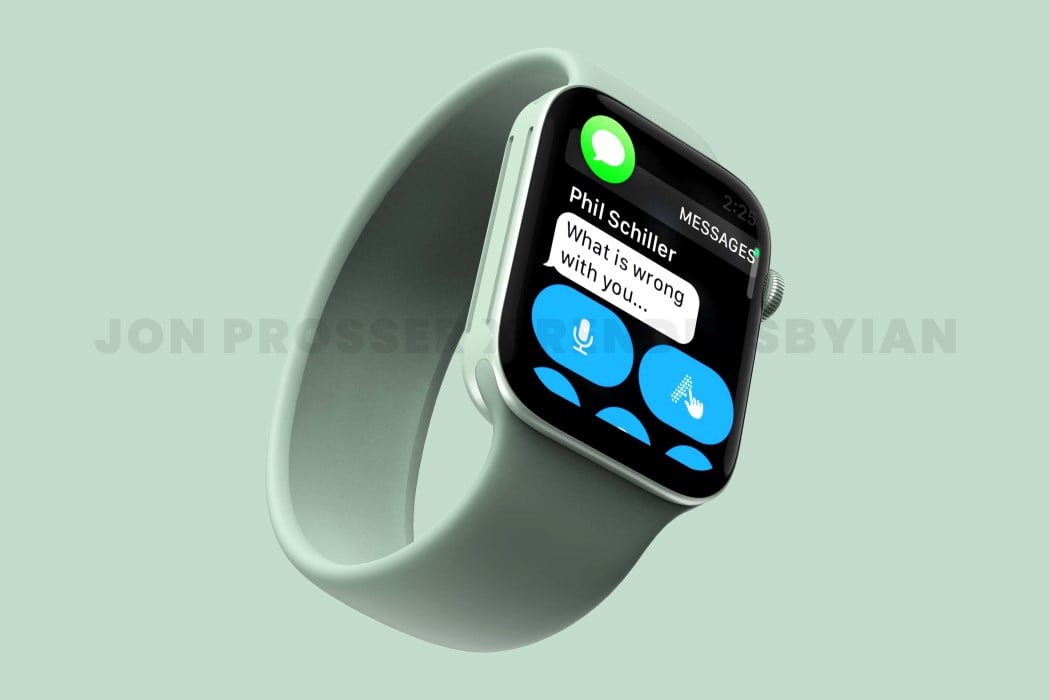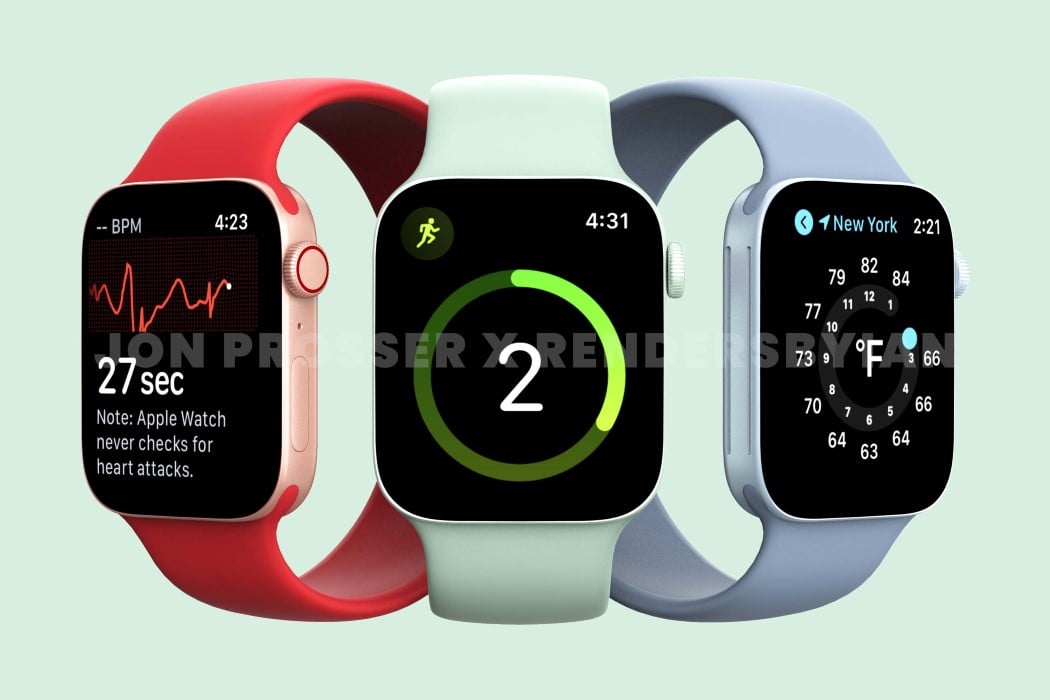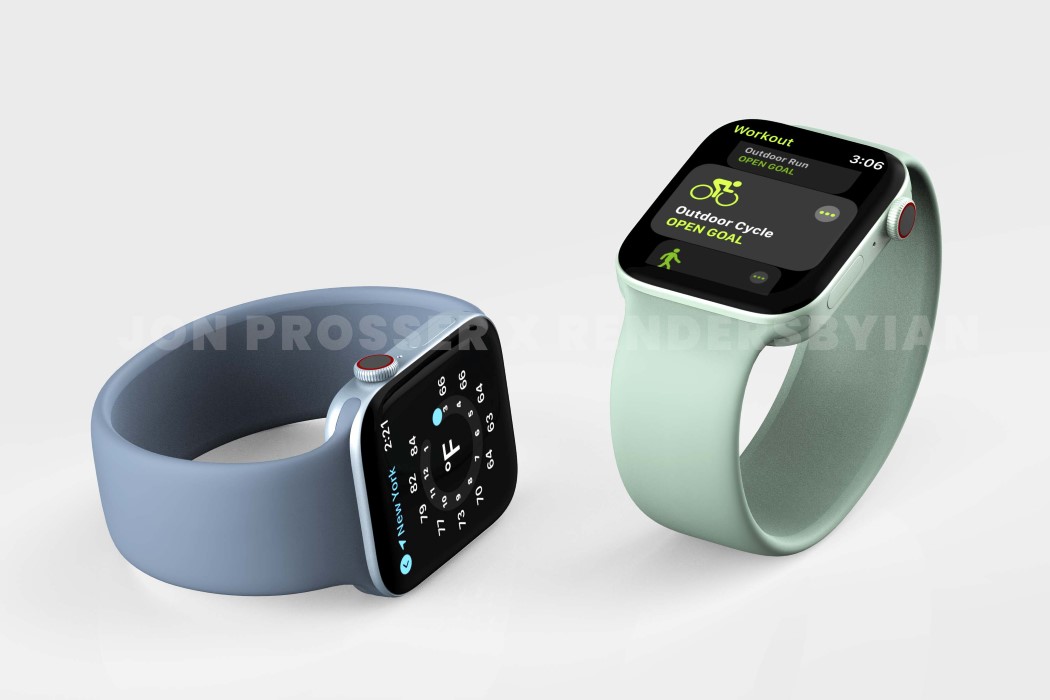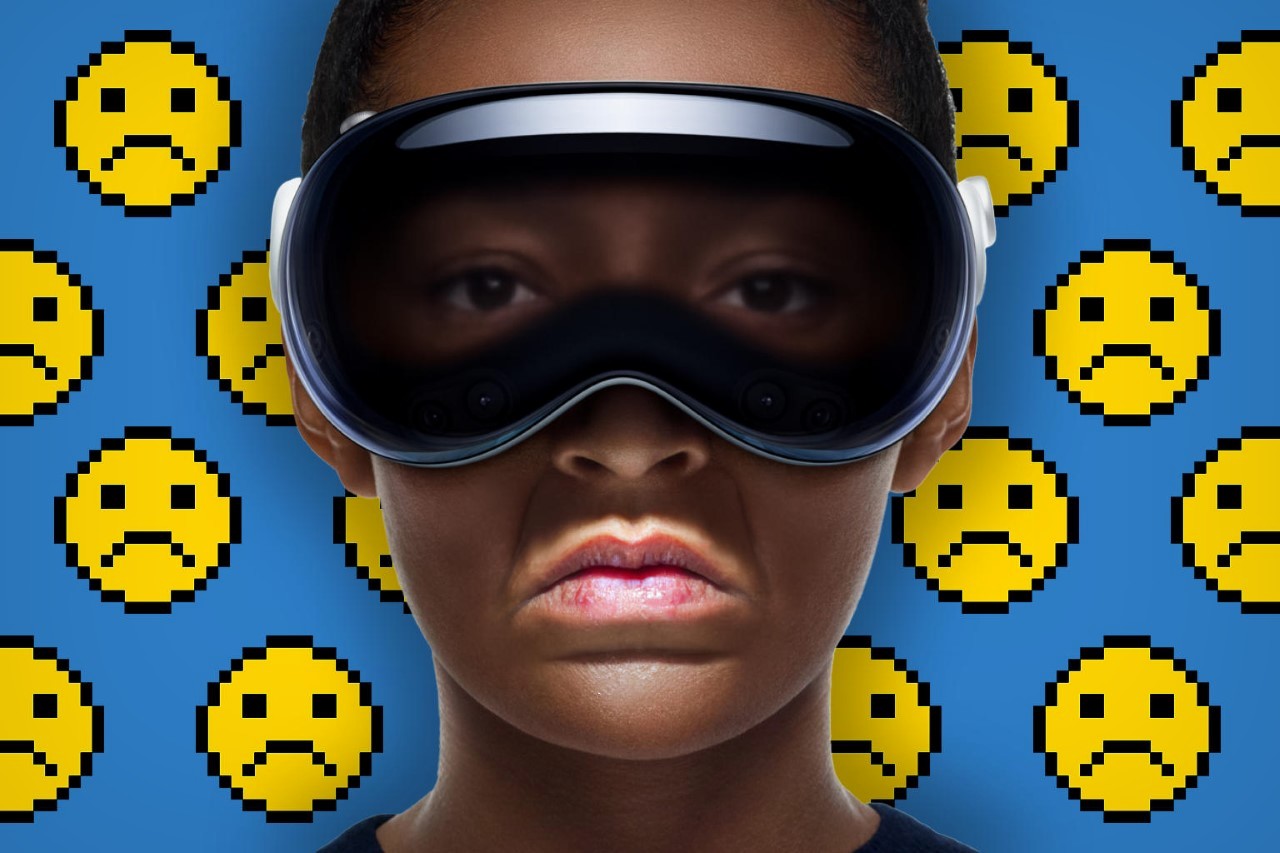
Let me just get things out of the way by saying that I was one of the million people passionately glued to the YouTube screen watching the Apple WWDC keynote and the Vision Pro announcement. When Tim took the stage for the final time to coyly tease “One More Thing”, I felt the kind of goosebumps I’ve rarely felt before. Throughout the 40-minute-long presentation of the Vision Pro, my mind and heart were captivated by the sheer brilliance of this new device. I overwhelmingly loved everything I saw, but the tech commentator in my brain sent off some instant alarms.
As brilliant as the Vision Pro announcement was, there are still FIVE broad reasons why the Vision Pro could be a big crash-and-burn for Apple. Here’s what they are:
- Price
- Human Factors
- VR Fatigue/Boredom
- Inter Device Cannibalization
- Lack of Social Media Integration
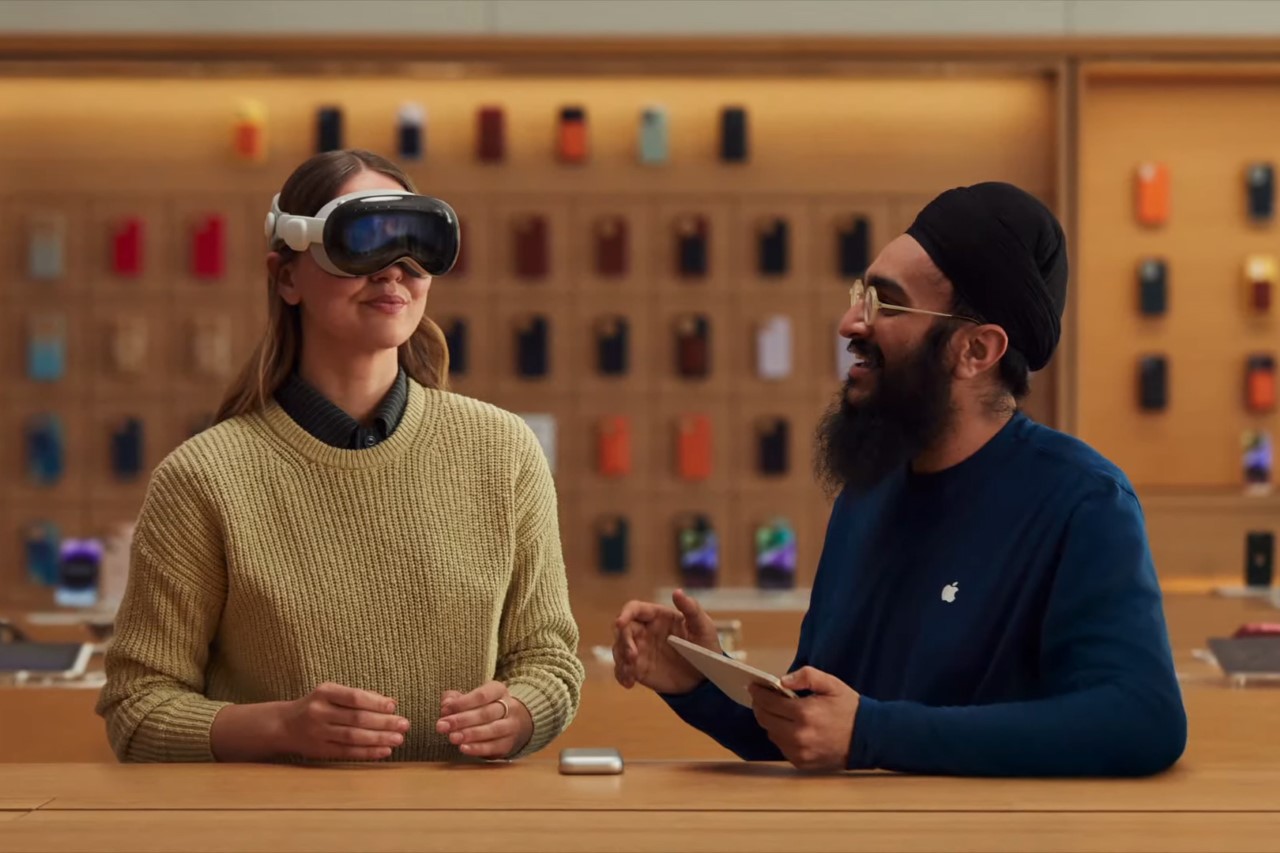
Price
Months back when the Vision Pro was merely a figment of a tech commentator’s imagination, most rumors were that the device would be priced between $3000 and $10,000 USD, and would be available ONLY to developers to help set the groundwork for a public launch. The reality, however, is that this $3499 device was announced as a consumer product and not a developer one… and that changes things significantly. At a whopping $3499, the Vision Pro is much too expensive for the average user… and this can have negative effects on the product’s overall success. The Vision Pro’s ridiculous price tag sets an incredibly high barrier to entry for consumers, severely limiting how many people actually use the MR headset. This in turn disincentivizes the developers from constantly working on new apps, services, games, experiences, updates, etc. The lack of developer support in turn results in a flawed UX for Apple’s most elite, enthusiastic customer base. In order to combat this, Apple would either have to launch a cheaper, inferior product and become just another Meta, or go down the Microsoft route by just halting new product development, just like how Microsoft never released a new device after the 2019 Hololens.
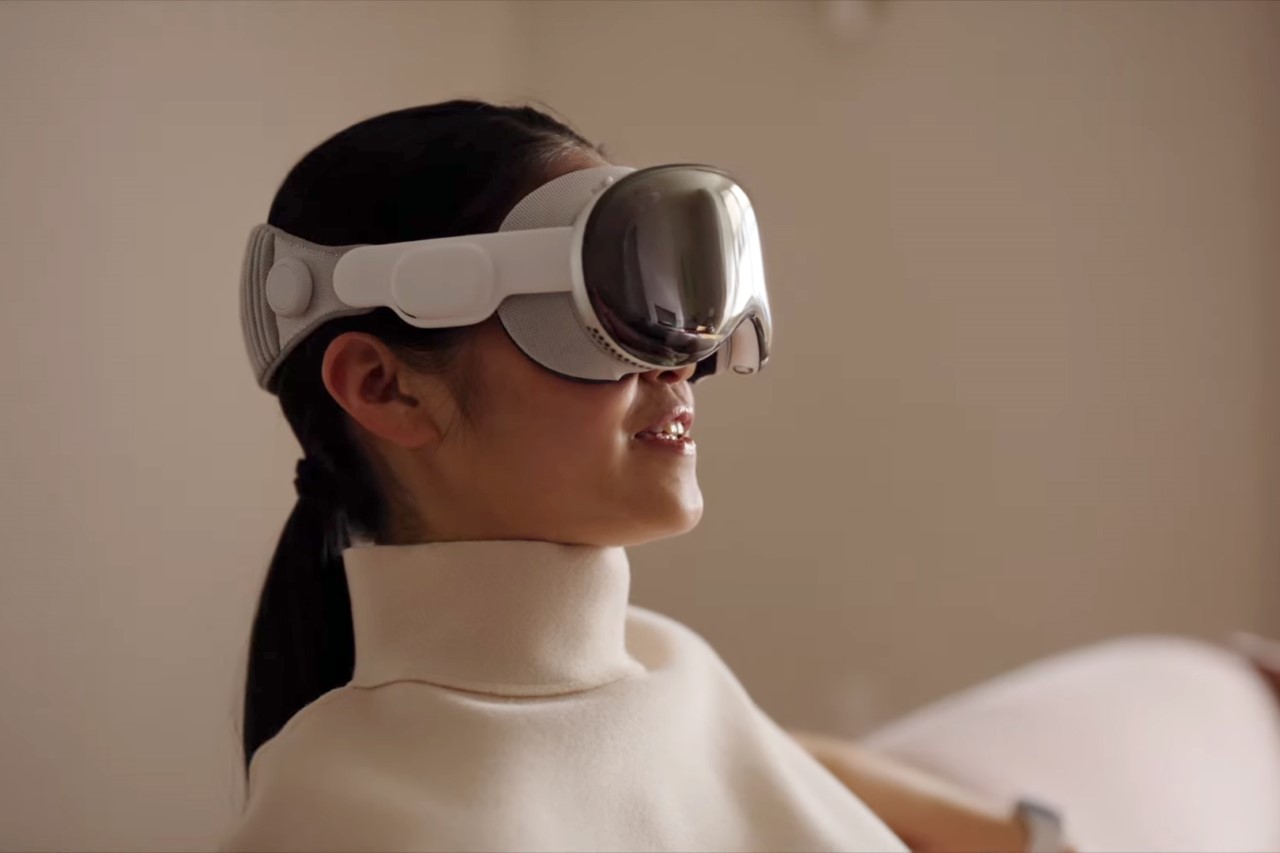
Human Factors
The second crucial reason that could spell certain death for the Vision Pro is also closely tied to why Microsoft never developed a third Hololens – a large chunk of the human population tends to experience incredible nausea in a VR headset. During experimentations with AR headsets for military applications, Microsoft and DARPA realized that almost a third of all soldiers were becoming violently sick while wearing the Hololens. Between 10-30% of humans don’t respond well to virtual reality – the blurry, pixelated, uncanny valley of VR can sometimes cause the brain to think that it’s experiencing the blurred-vision symptoms of poisoning, which results in nausea and vomiting. The minute you have people adversely reacting to your product, it really doesn’t bode well for its future. Case in point, DARPA halted its plans to have military personnel wear AR glasses on the combat field.
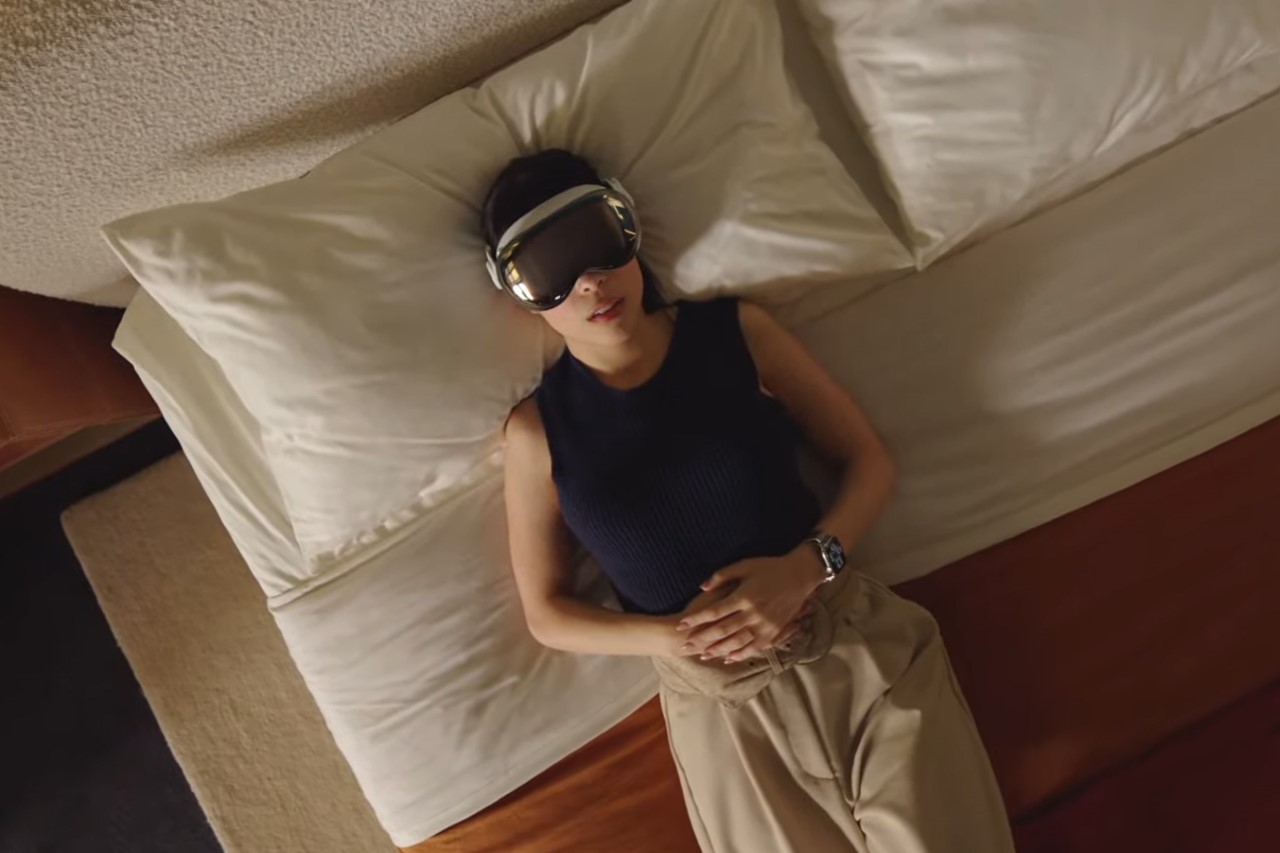
VR Fatigue/Boredom
For the rest of the population who doesn’t have a sickness problem with VR, the novelty tends to wear off pretty quickly. Almost everyone who bought an Oculus reports finding it exciting for only a few months. After this, interest in the tech plateaus, and the VR headset end up sitting on a shelf or in the back of a cupboard, according to a significant majority of VR headset buyers. The erstwhile leader of the metaverse, Meta (Oculus), hasn’t really been able to crack this problem, despite constantly launching new experiences and games (and even announcing the Quest 3 just days ago). That being said, Apple deserves a tonne of credit for focusing so much of their time and effort on highlighting all the areas where the Vision Pro could be incredibly useful… but not everyone will be okay with the idea of perpetually having 4K screens an inch away from your eyeballs. VR Fatigue and Boredom are real; and even though the Vision Pro boasts of an entire day’s worth of battery life, chances are that people won’t want to be strapped into a VR headset for more than an hour a day.
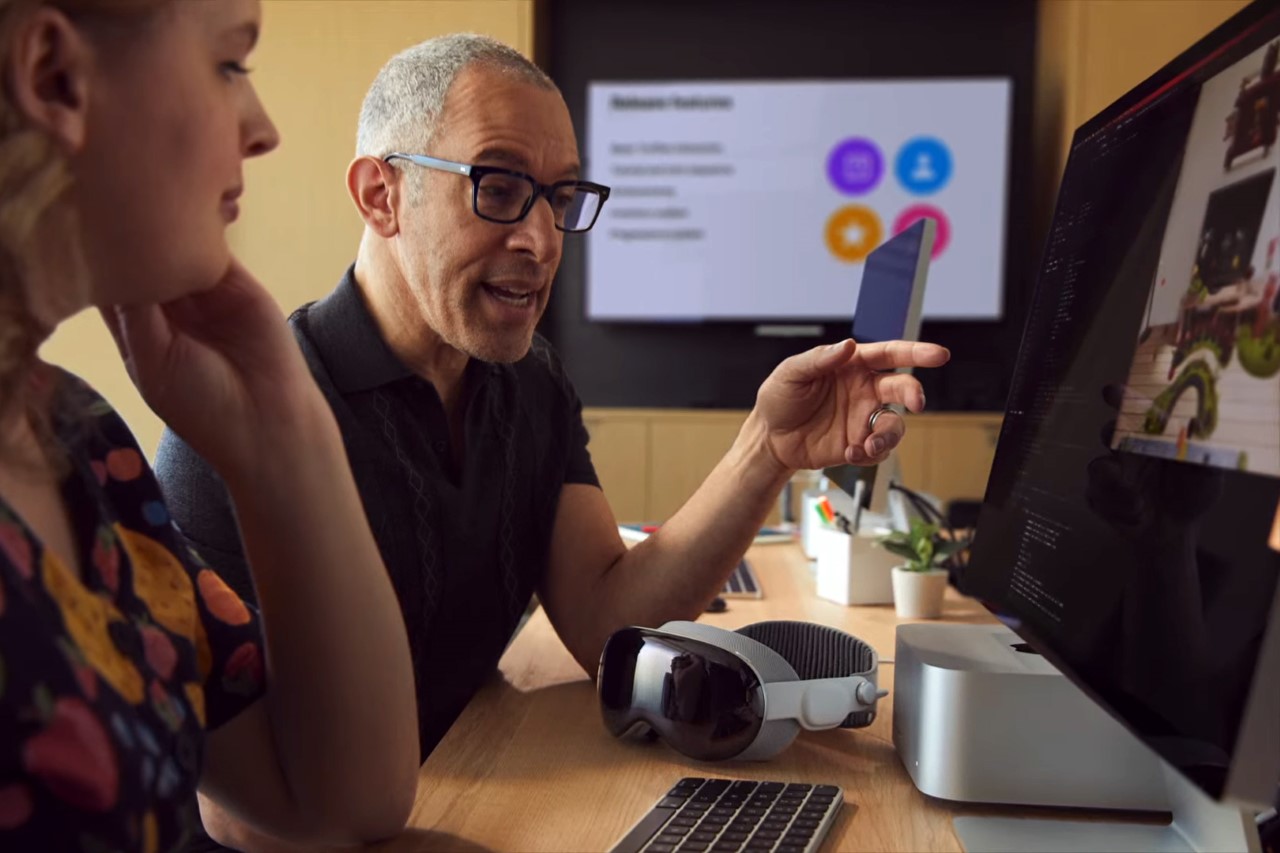
Inter Device Cannibalization
Interestingly enough, the Vision Pro’s success also depends on the failure of every other Apple device… which presents a unique stalemate for the company. Under normal circumstances, Apple’s devices encourage multitasking. You can work on your MacBook while listening to a podcast or music on your AirPods, you could watch Apple TV+ while browsing TikTok on your iPhone. The devices don’t really replace each other, and can coexist rather comfortably… but they can’t with the Vision Pro. The Vision Pro is designed to replace your MacBook, iPad, iPhone, Apple TV, and Apple Watch displays. Its built-in audio drivers also prevent you from wearing AirPods while you’re strapped into the headset. This effectively means all your other Apple devices are pretty much useless when you’re using the Vision Pro, and that poses a threat to Apple’s own hardware. If you’re watching a movie on the Vision Pro, you’re less compelled to buy the Apple TV 4K. If you’ve got a massive built-in virtual display, you don’t really need the Apple Pro Display XDR or the iMac, and if you can control virtual elements with finger gestures, you don’t need the iPad and you certainly don’t need the Apple Pencil. The success of the Apple Vision Pro hinges heavily on you NOT using any of Apple’s other devices… and as a result, the inverse is true too. If you’re much more comfortable with using an Apple TV, because you’re watching movies as a group… or if you’re working on the MacBook or iPad with the intent of collaborating with a co-worker right beside you, you’re probably not going to isolate yourself with a personalized mixed reality headset.
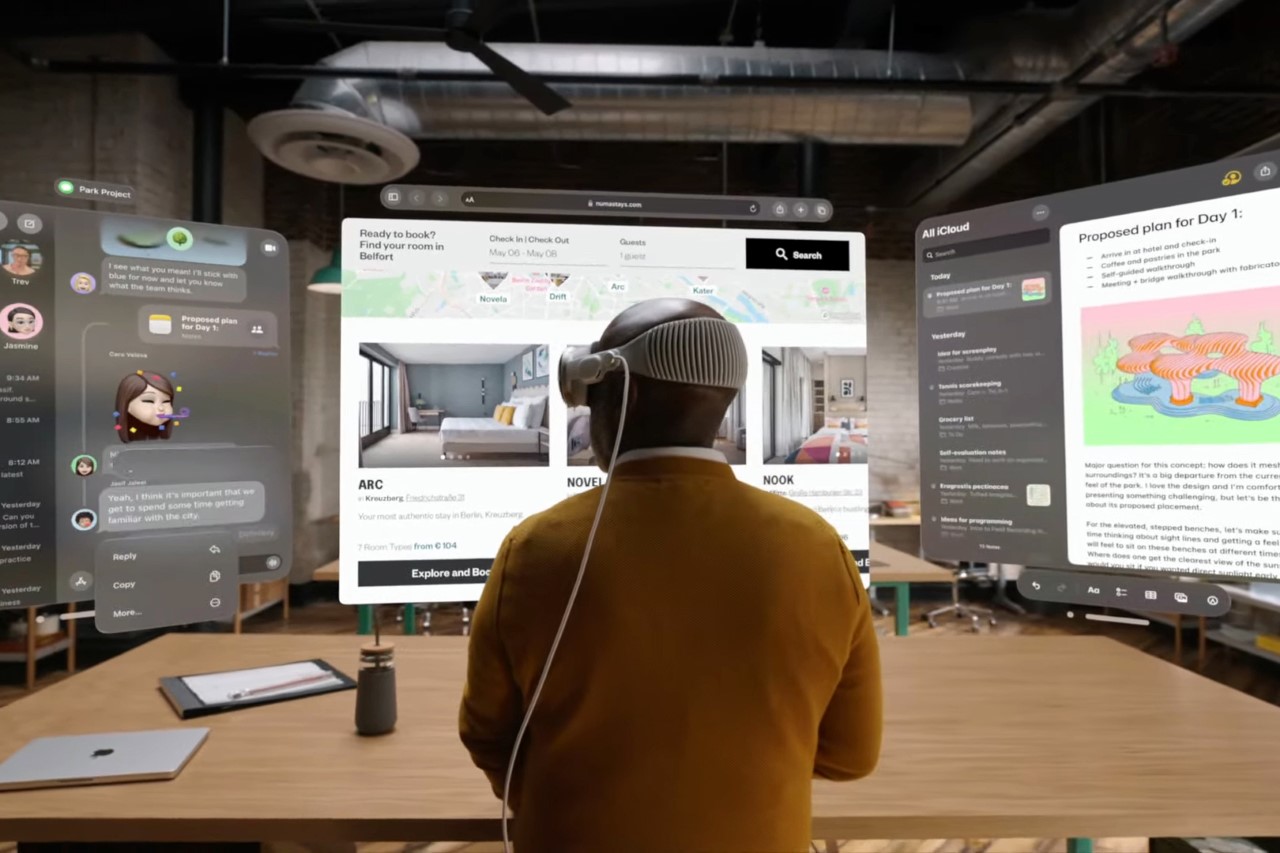
Lack of Social Media Integration
Here’s a statistic that still bends my brain to this day. In the year 2021, the entire world collectively watched 9.6 trillion minutes of Netflix according to data from the Wall Street Journal. That may sound like a lot, but it’s nothing compared to the staggering 22.6 trillion minutes spent watching TikTok. There’s really no debate that social media occupies an overwhelmingly higher amount of time than conventional entertainment… however, Apple didn’t highlight social media even ONCE in their entire 45-minute segment on the Vision Pro.
In the past 3 years, we’ve become so addicted and accustomed to how we browse and interact with social media on the smartphone, it’s nearly impossible to seamlessly shift that to a wearable platform. As a Quest 2 owner, I’ve opened Instagram only twice on the VR headset. Typing comments on a headset is a hassle, uploading stories/reels in a 9:16 portrait format on a virtual or mixed-reality headset just feels odd, and the smartphone has a solid reputation for rapidly creating and sharing content, while the Vision Pro doesn’t. Moreover, social media has thrived wonderfully on a small screen, so the idea of browsing TikTok on a massive virtual display really doesn’t present any major benefits.
Now Apple DOES have until next year to figure out how to overcome these problems, given that the Vision Pro doesn’t hit stores until 2024. This also gives Apple enough time to really gauge consumer and developer feedback, and adapt accordingly. More so than ever, it’ll also be interesting to see what the Vision Pro does for the metaverse, which has kind of been on life support up until now. Someone check in on Zuckerberg too, while we’re at it…
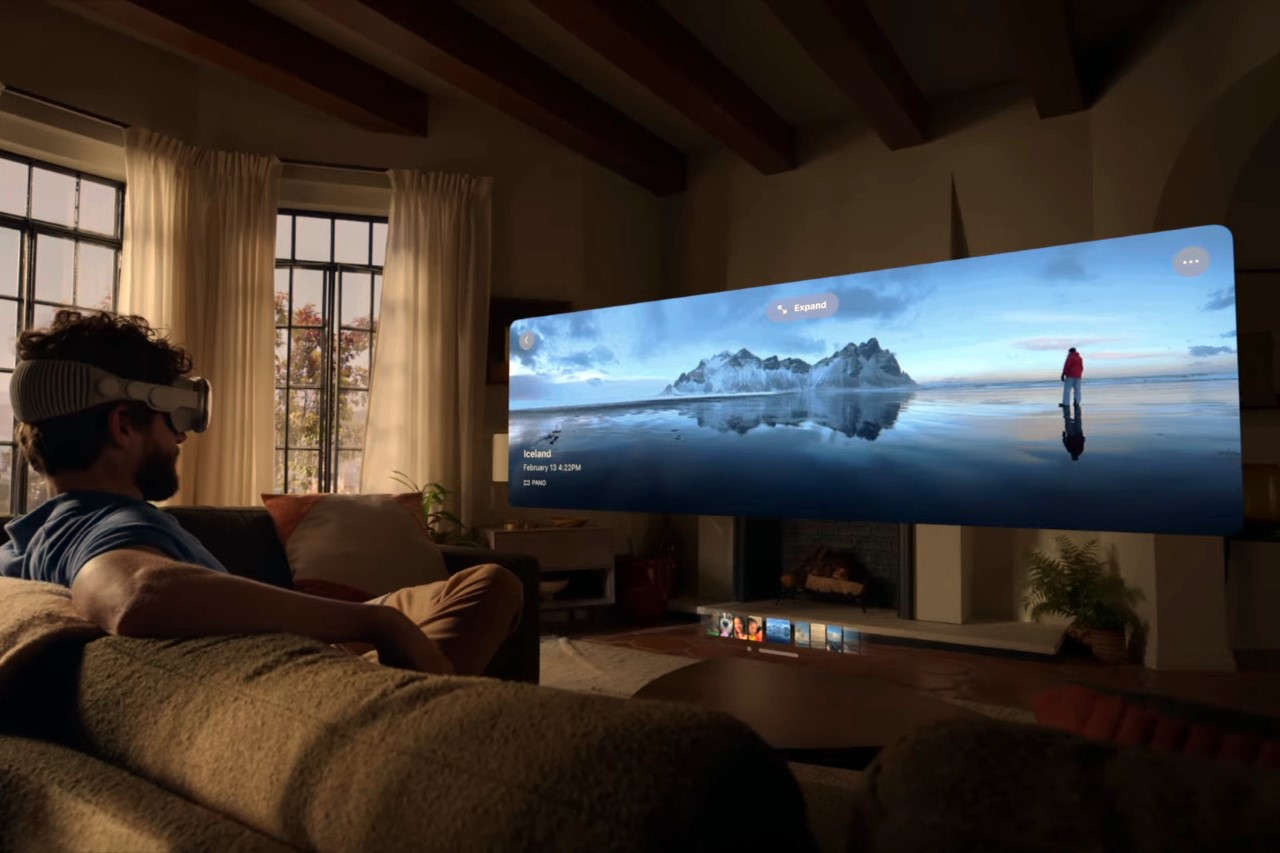
The post Apple Vision Pro: 5 Reasons Why The Headset May FAIL Despite Its High Popularity first appeared on Yanko Design.
